Soul Rebels: How Cadillac engineers birthed the Blackwings
Editor’s note: Quotes lightly edited for clarity.
On a hot day outside of Austin, Texas in 2015, two racer-engineers on Cadillac’s V-series engineering team figured it out before most car enthusiasts were even thinking about what it was.
“We sat on the pit wall at Circuit of the Americas,” said Brandon Vivian, Cadillac Executive Chief Engineer. “Tony [Roma, Chief Engineer] and I had just gotten out of lapping the CTS-V and ATS-V, which were just coming out. We said, ‘wow, these cars are really, really good, but there are ways we could put even more soul into them.’ That’s where the Blackwings got their start.”
For the better part of two decades, blistering performance metrics have increasingly passed for progress at the expense of developing cars that stir emotions. Technology enabled this phenomenon—warp-speed 0-60 sprints became the domain of Tesla’s Model S, and recently myriad other electrics. Sports car reviews started crowing as disconnected-feeling electric-assisted power steering replaced traditional hydraulic setups. Brands added all-wheel drive to wrangle immense power. Lap times continued to drop.
In the early 2000s, General Motors was deep in this numbers game. Cadillac in particular felt it had some things to prove: that the days of the DeVille were dead, and that the brand could battle it out with German powerhouses like BMW M and Mercedes’ AMG. The mid-size Cadillac CTS-V sedan hit the scene for 2004 with a Corvette Z06-sourced V-8, 400 hp, a six-speed manual gearbox, and Brembo brakes. It wasn’t long before cars with the V badge became known as capable on track and fearsome on the street. Still, they often lacked a certain level of driver engagement—it—that drove enthusiasts to worship at the altar of ’90s and early-aughts BMW M cars.
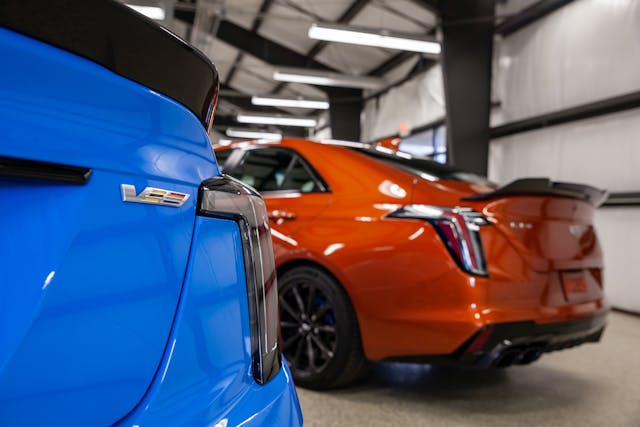
Cadillac didn’t give up, despite having accomplished its mission by any performance metric. That day on the pit wall at COTA, Vivian and Roma decided to really chase the intangible.
The result is a pair of cars with undeniable “soul,”— apex-performance sedans known as the CT4-V Blackwing and CT5-V Blackwing. Successors to the ATS-V and CTS-V, these luxury sedans are joyous homages to driver engagement. With Cadillac soon going fully electric, the duo is a fitting celebratory sendoff to a golden age of internal-combustion performance.
Praise for the Blackwing siblings has been near-unanimous. It’s no wonder why: The 4-V Blackwing’s knife-edge precision and eager chassis are apparent at any speed, and help you dance confidently on the limit when you find it. The 5-V Blackwing raucously asserts its presence with a uniquely American blend of dare-you-to-misbehave brawn and surprisingly deft reflexes. Both cars come with heavy helpings of luxury, technology, and comfort.
Driving the Blackwings only amplified my curiosity about how they came to be. Set aside the layers of increasingly demanding safety and environmental regulations, not to mention the challenges inherent in convincing corporate types to unleash two thundering luxury sedans on the public; creating a good sports car is tough. Two excellent ones? At the same time? Excruciatingly so.

To find out what it took, I went to GM’s Proving Grounds in Milford, Michigan. Vivian overdelivered on his promise to share the full story. He trotted out his whole team of lead engineers—gearheads, racers, and irreverent personalities, all. Not shy about sharing candid perspectives or correcting my preconceptions, they explained in detail the process and philosophy that shaped the Blackwing cars. As our conversation unfolded, it became apparent how their passion guides Cadillac performance, now and into the future.
A certain character
“To start, you need to grab the right people for the effort,” said Roma. “Some teams over the years have had one person that drives the car and tunes it. We don’t have that philosophy. Everybody drives the car. You want a car that appeals to a lot of different styles—that results in cars that we like.” Roma, a multi-time SCCA Runoffs podium finisher, fosters the tone among a group of people who know how to eke the most from a given task. As he would with a car on track, he guided the conversation, sometimes with a humorous flick of wit, others via more assertive, direct input.
“And frankly these were the first cars, I’ll say it out loud, that we didn’t really focus as much on lap time,” said Roma. “We said, look, we’re gonna focus more on the elements that make these cars we want to own, cars we want to drive. Cars with a certain character.”
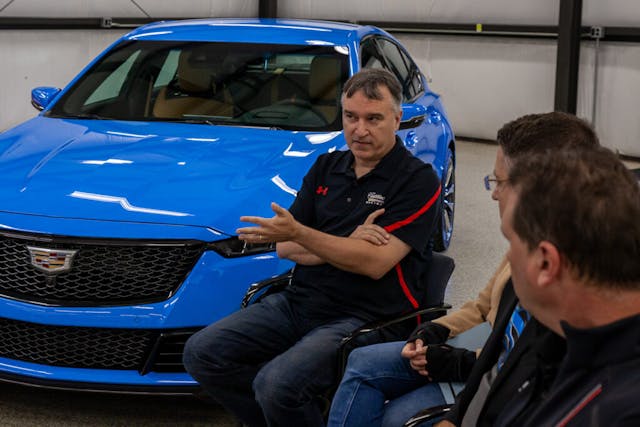
“They still hurt some feelings at the track,” interjected a smiling Mirza Grebovic, the gregarious Engineering Group Manager for both Blackwing cars.
“It’s funny, before this interview, I found the presentation where Brandon said, ‘go write the article,’” said Grebovic. At the beginning of 4-V and 5-V Blackwing development, Vivian asked his engineers to be journalists for a day. “So we wrote articles that imagined how you guys would cover these two cars in after their debut. When you read them now, everything we’re talking about here has that same focus.”
“That’s part of our process,” added Vivian. “It’s not who you’re gonna put on the trailer, but how you’re gonna do it.”
Vivian talks like a shoe because he is one, sharing those same SCCA Runoffs podiums with Roma. The trailer colloquialism is racing shorthand for “how you’ll vanquish your opponents.”

Three horsepower
Eckart: Did you know from the outset that the Blackwings would be the final Cadillac internal-combustion performance sedans? Did that change your approach?
Roma: “I’m not sure we would’ve done anything differently. We may not have known it initially, but look, the writing was on the wall of where the whole industry was going, and even five years ago we knew it.”
Vivian: “It was probably easier for people to spend personal time working on these cars once they knew it was the end. It was a more subconscious commitment.”
Grebovic: “It changed the team’s attitude. Like Tony [Roma] said, in the beginning we wanted to make an awesome car, we wanted to make everything perfect. But once we realized that these were the last ones, I think the passion aspect took us to a different level on resolving issues and conflicts to where I don’t think we compromised on anything.
“The intakes, for example: We had to design them to drive in a rainstorm and keep the water out without choking engine performance. We fought for numbers that colleagues thought were comical.”
Roma: (chuckling) “One engineer came in and said airflow results showed that particular setup cost three horsepower.”
Grebovic: “We all went nuts. Three horsepower! No way, we’re not giving that away.”
Vivian: “I almost jumped out of my chair.”
Roma: “The engineer is looking at us sideways. ‘It’s only three horsepower, guys,’ he said. ‘You already make over six hundred!’”
Vivian: “We gave him a polite, ‘Wrong answer. Go back and find those three horsepower.’”
It’s the little all the things
Another Blackwing non-negotiable: the option to drive with three pedals.
Vivian: “When you look at the marketplace, most other manufacturers were getting out of manuals. Early on, Tony and I laid on the tracks for manual transmissions. We absolutely knew they were necessary to give these cars the character we wanted.”
Sweating the small stuff is one thing, but Vivian’s team sweat all the stuff. This interview’s 50-page transcript brimmed with examples of the Blackwing team fighting to tune these cars just so. From dive planes to exhaust outlets, no element was above scrutiny.
Vivian: “It’s about all those little increments that have to earn placement on the car, have to be part of the total package. We decided to put the dive planes on the car because we were making incredible amounts of rear downforce, but the front of the car just would not grip. We didn’t have the right pitch moment in the car.
We mocked them up, and once the car performed, then we went back and started the iterative process from there. In a production vehicle, we don’t want the car to feel different at 70 mph than it does at 120. That’s trying to get the balance correct, getting it to where the car would be super approachable at every track.”
Grebovic: “I remember working to ship dive planes to Spring Mountain (the circuit in Nevada where Cadillac performs testing). We literally ran into a FedEx store at 11:00 p.m. saying ‘let’s just overnight this, get it down there, and get it tested.'”
Chris Mikalauskas, Lead Exterior Designer: “Those dive planes saw more than 50 iterations in two and a half weeks.”
Grebovic: “Two and a half weeks! We would all do our normal jobs, and then at 6:00 p.m. we had a meeting every day just to crank out the dive planes. But it worked out awesome.”
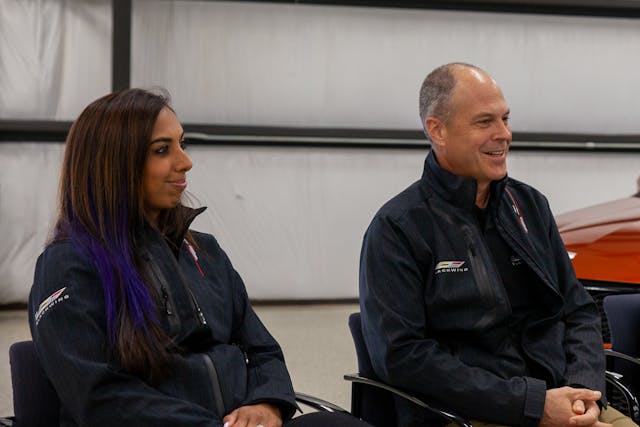
Blaine Heavener, Global Vehicle Performance Manager: “Speaking of iteration, with the number of exhaust systems tested previously for the CT6 sedan, we could probably lay them out on the pavement and spell ‘Blackwing.'”
Sim Gill, Lead Noise & Vibration Engineer: “Mm-hmm. 63.”
Heavener: “As we sought to create that same type of exhaust character for the Blackwing cars, we affectionately named them along the way.”
Gill: “Because there were so many iterations, it was really difficult to keep track of them. ‘R0023’ meant nothing to anybody. So I named all of my development parts. Scarface in the CT4-V Blackwing and Phoenix in the CT5-V Blackwing were the ones that made the cut. I think everyone laughed a little bit at the start, but Brandon [Vivian] started to play along with me and it caught on.

Heavener: “Bigfoot versus 8-hole …”
Gill: “Ha! I remember Bigfoot. We had Littlefoot too—the names reminded you of what was in the tuning. For me, when I hear Littlefoot, I remember that was the smaller, quieter, tuned-down version for the CT4.
For Scarface, I remember we were getting low on development parts. The exhaust was cut open and closed so many different times that ‘Scarface’ was the perfect name for it. We were getting so close; we wouldn’t stop till it was right.
Phoenix got its name because it rose from the ashes of a complete disaster: We had been working on it for quite some time, but it sounded like every other V-8. We put in all this work to differentiate the CT5 and allow it to scream ‘Cadillac,’ but the sound was a letdown. So that exhaust was completely torn apart and redone—we took a totally different approach. After that, Brandon heard it once and that was it.”

Heavener: “As an OEM, we have to respect legal limits for sound. I remember us down there, discussing Scarface’s traits, and whether the noise during the fuel-cut upshifts was acceptable. They sounded like a .22 going off on the one-two upshift, but we decided, ‘it’s staying.'”
Gill: “There was a pretty delicate balance between the hardware and the calibration that we had to manage to make ’em legal. At the start, Mirza [Grebovic] got involved as we were trying to determine the vision. Mirza’s exact words were, ‘I want it to scare small children.’”
Grebovic: (laughing) “Yeah!”
Gill: “I swear the best phone call I ever got was one night that Mirza took a Scarface vehicle home. He said, ‘my kids cried when I started it in the garage.’”
Vivian: “I think you messaged the group chat: ‘Mission accomplished.’”
Teamwork makes the dream work
Eckart: Now that the Blackwing chapter is over, and you’ve moved on to what’s next, how does the project look in the rear-view?
Heavener: “I still pinch myself every day to have worked on them.”
Gill: “These cars have my literal blood, sweat and tears in ’em.”
Grebovic: “My CT4-V Blackwing isn’t just a cool car. Knowing all the people involved, the meetings we went through, the decision making, all that makes driving it so joyful. Like Blaine [Heavener] said, you pinch yourself knowing that we worked on it. Every time I get into my car, it’s an emotional connection with the machine.”

Mikalauskas: “It’s proof to me that emotions matter when you’re creating cars. I don’t think that’s ever going away. Performance and what we do here isn’t going to magically disappear. It’s really important to look at the Blackwings as an example of the visceral components that are coming.”
Grebovic: “Yeah, we don’t want to lose that. We’ve spent so much to make it happen. And guess who gets to make an impact in the future? We do.”
Eckart: Are we going to see focus on driver engagement in electric Cadillacs?
Vivian: “Our approach isn’t going to change. The passion, the DNA is going to be there, but the level of performance will change just as technology evolves over time. Think about how capable cars were in the Seventies for track days and racing, and then Nineties, then the 2000s; then think about what these Blackwings can do. Race cars from the Nineties aren’t this good.”
Roma: (with a dry smile) “I would’ve just said, ‘yes.’”

Grebovic: We really dialed in the Blackwings, so we have to ask ourselves, ‘what would we do afterward?’ I was probably the biggest anti-EV person for a long time because I was so passionate about the cars we were working on. But now, seeing the opportunities EVs bring and all the knowledge that we have as a team, we can do so much that we couldn’t do before.”
Roma: “We’re trying to make great vehicles, and in the future they are going be propelled by electricity. Philosophically, that is where we’re going. The Blackwings are reflections of our personality, the kind of vehicles that we want for the future. Cadillac has aspirations to be a luxury EV brand, and performance luxury vehicles are required to be relevant. We want to get rid of the ‘driver’s EV’ qualifier; we’re going to make great driver’s cars that happen to be electric.
Most of us have been blessed to work on a lot of really cool products. These Blackwings are on that list, and they’re a little extra special—they are the last of a breed. I haven’t really spent any time to stop and reflect on it because we don’t really do that—we’re on to the next. It was a step on a journey. The Blackwings were the end of a chapter, maybe, but not the whole story.”


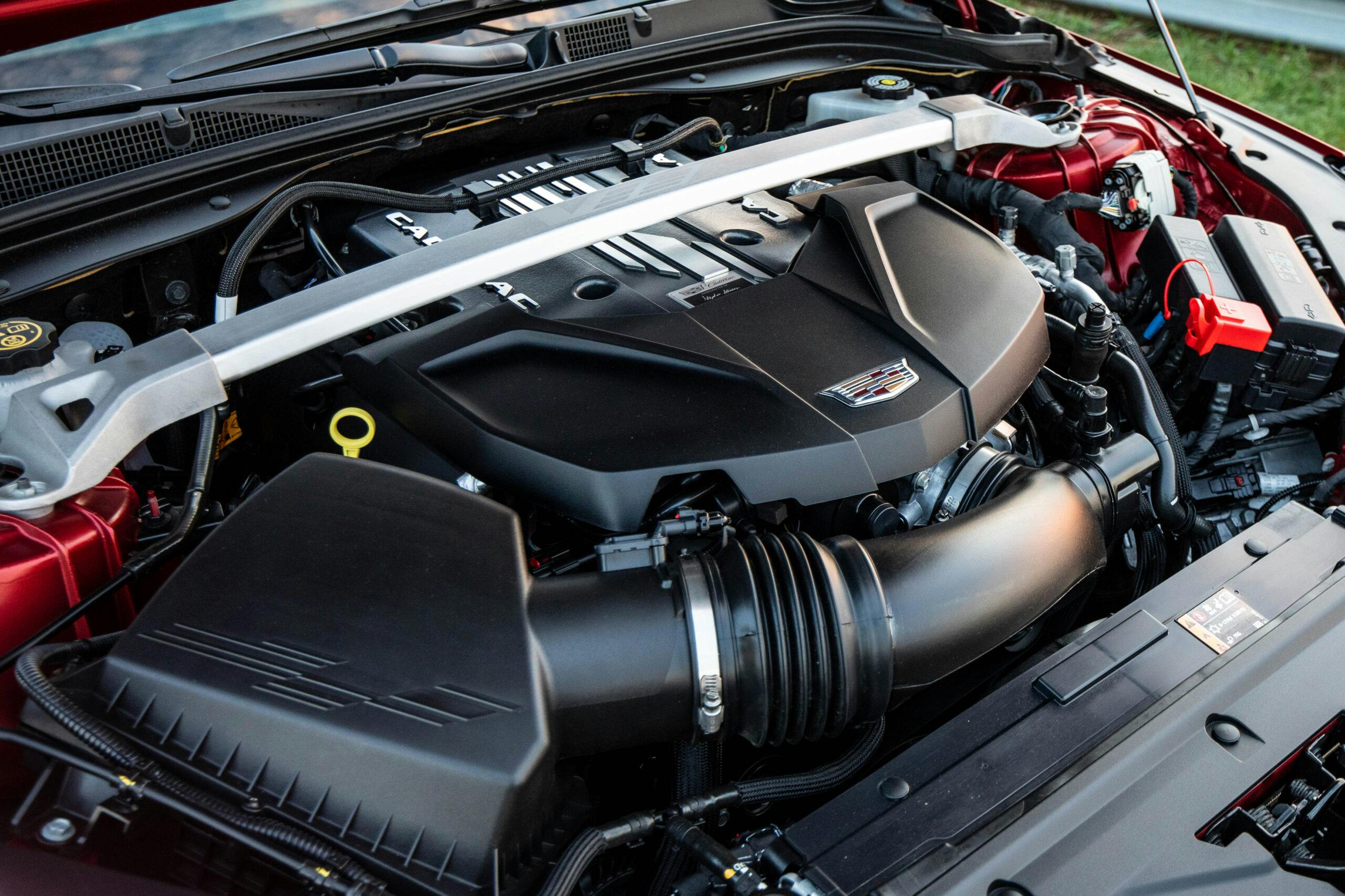
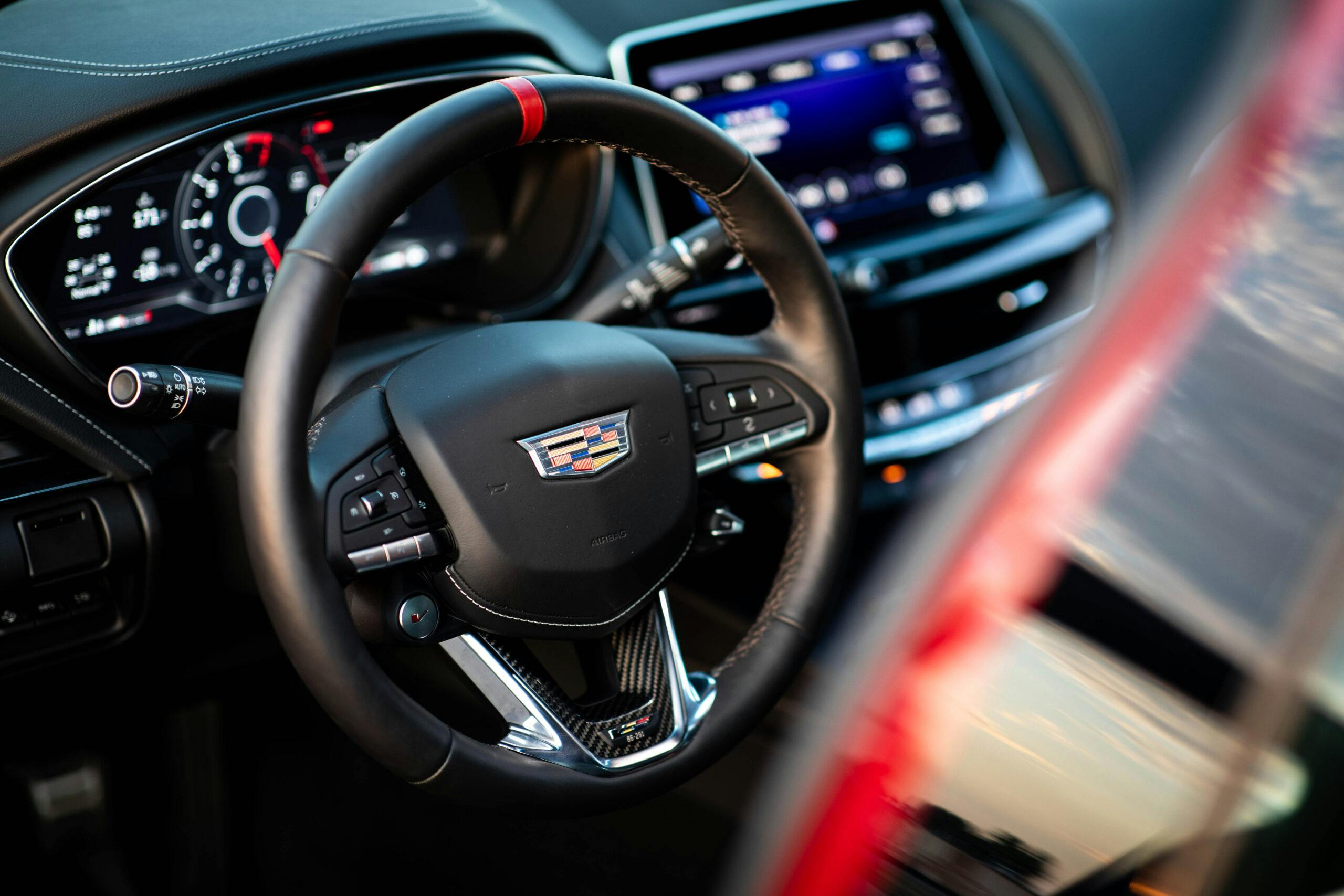
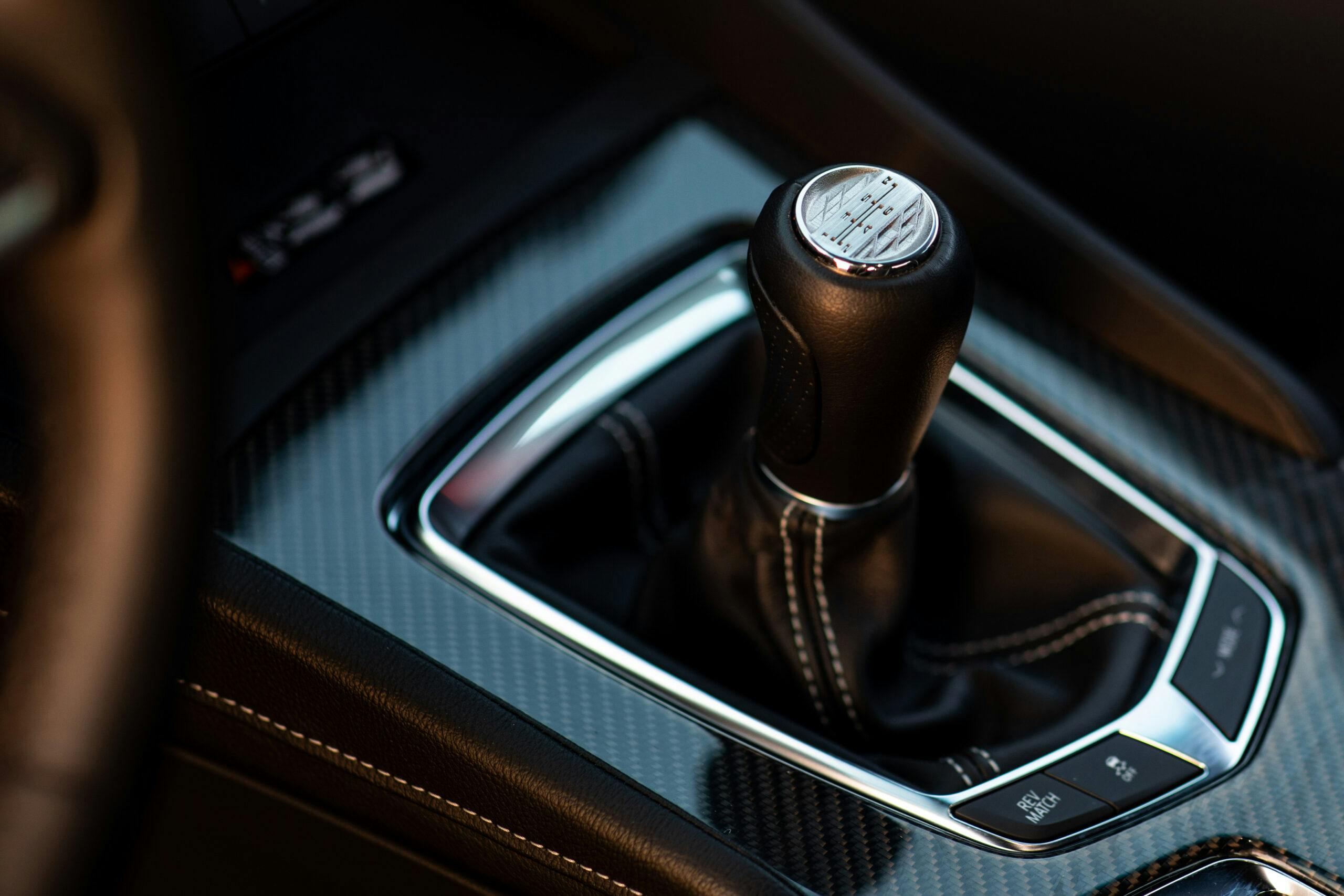
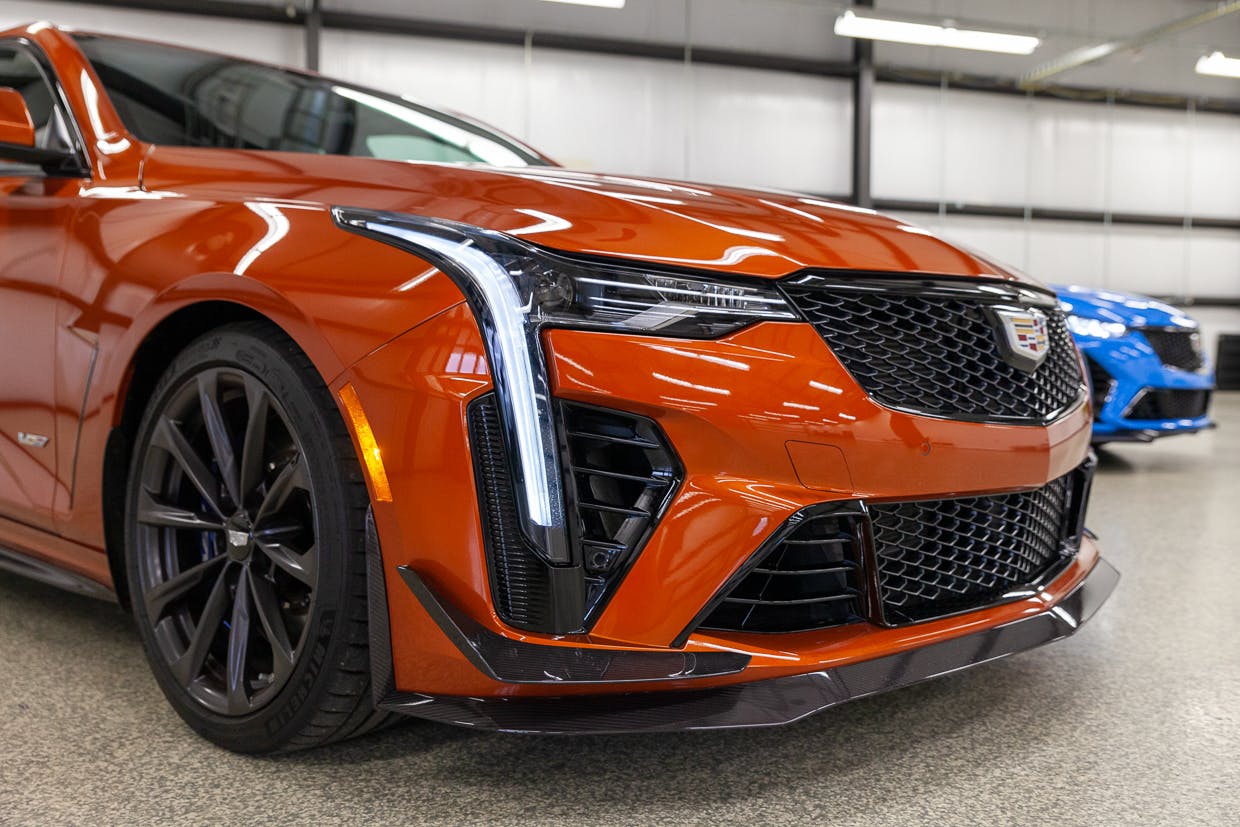
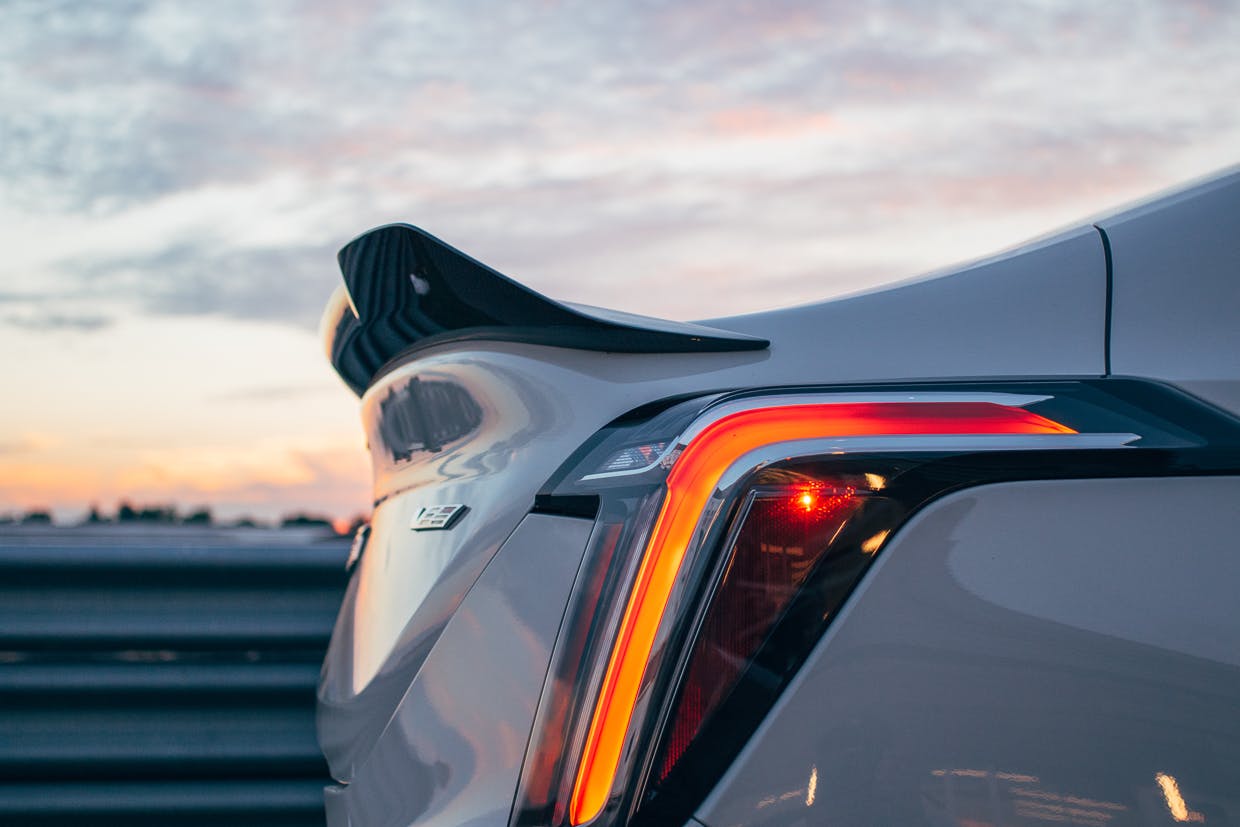
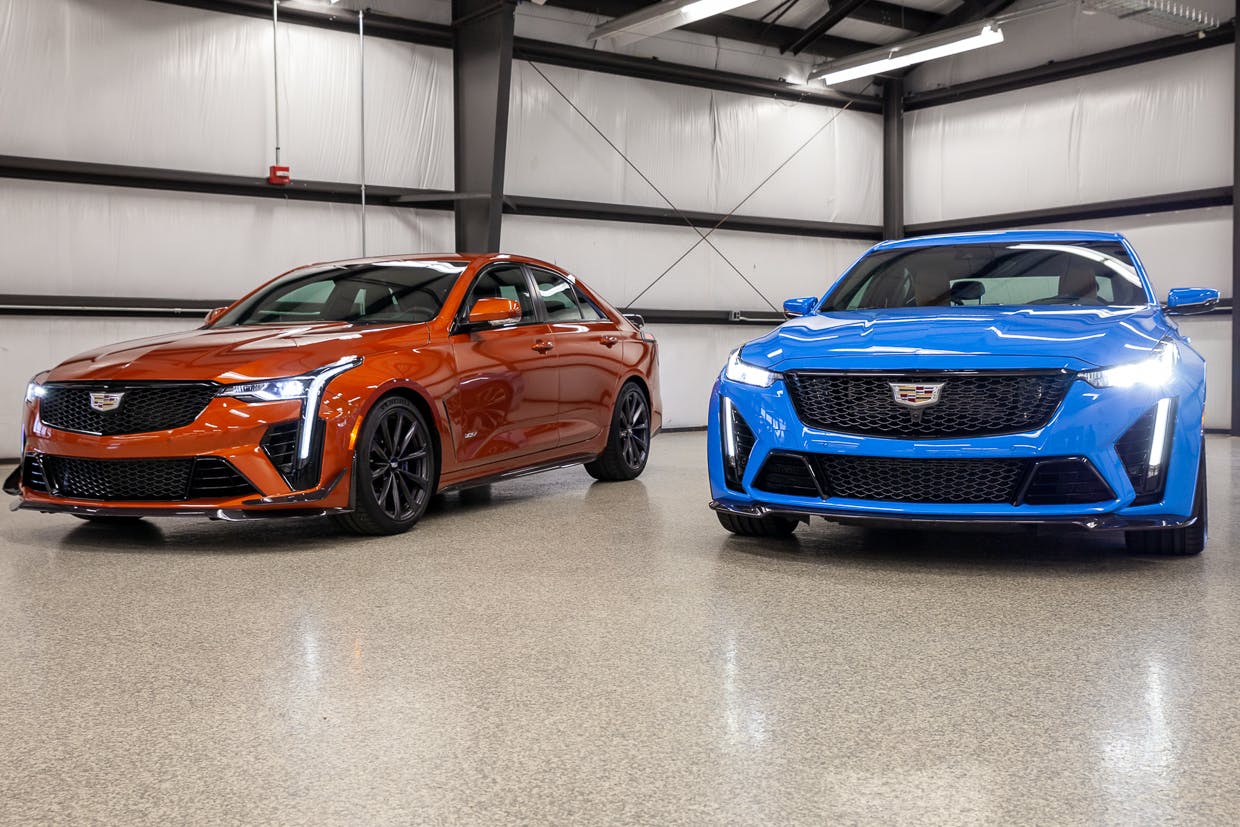
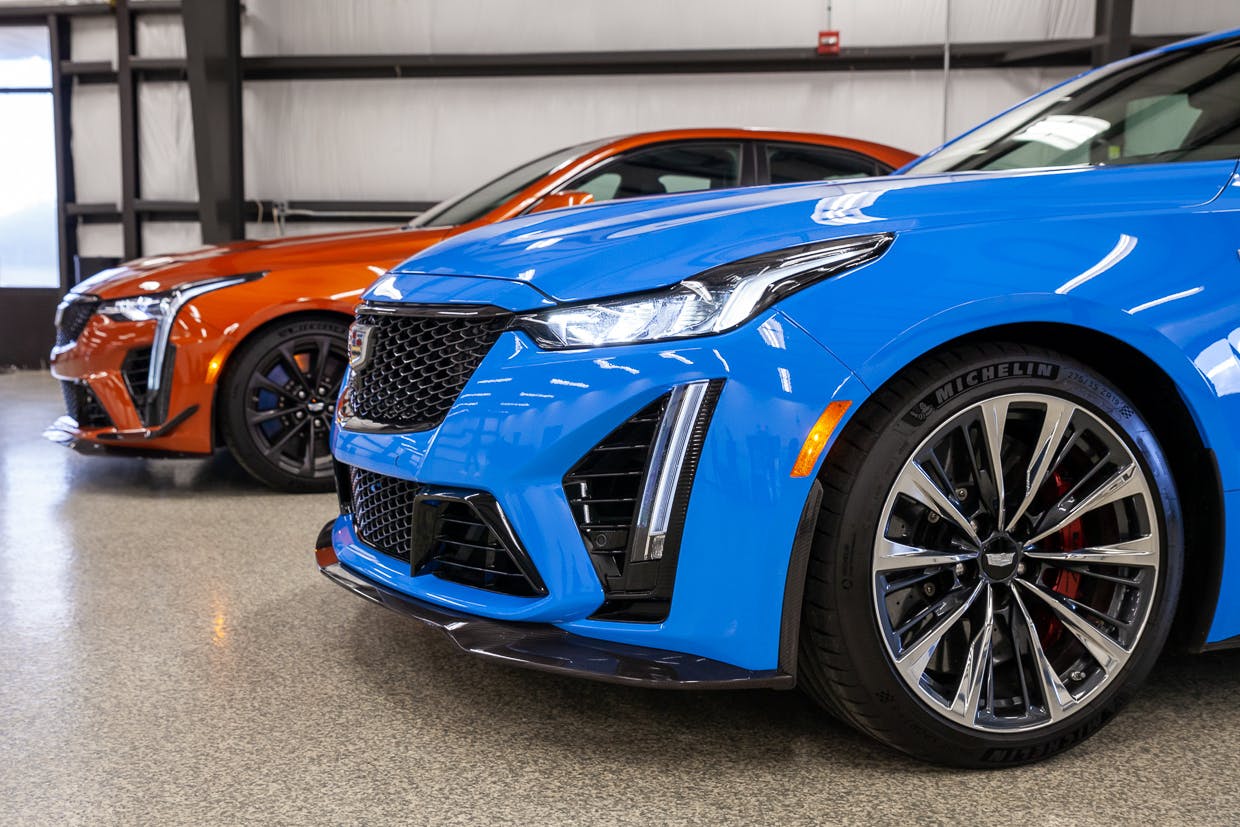
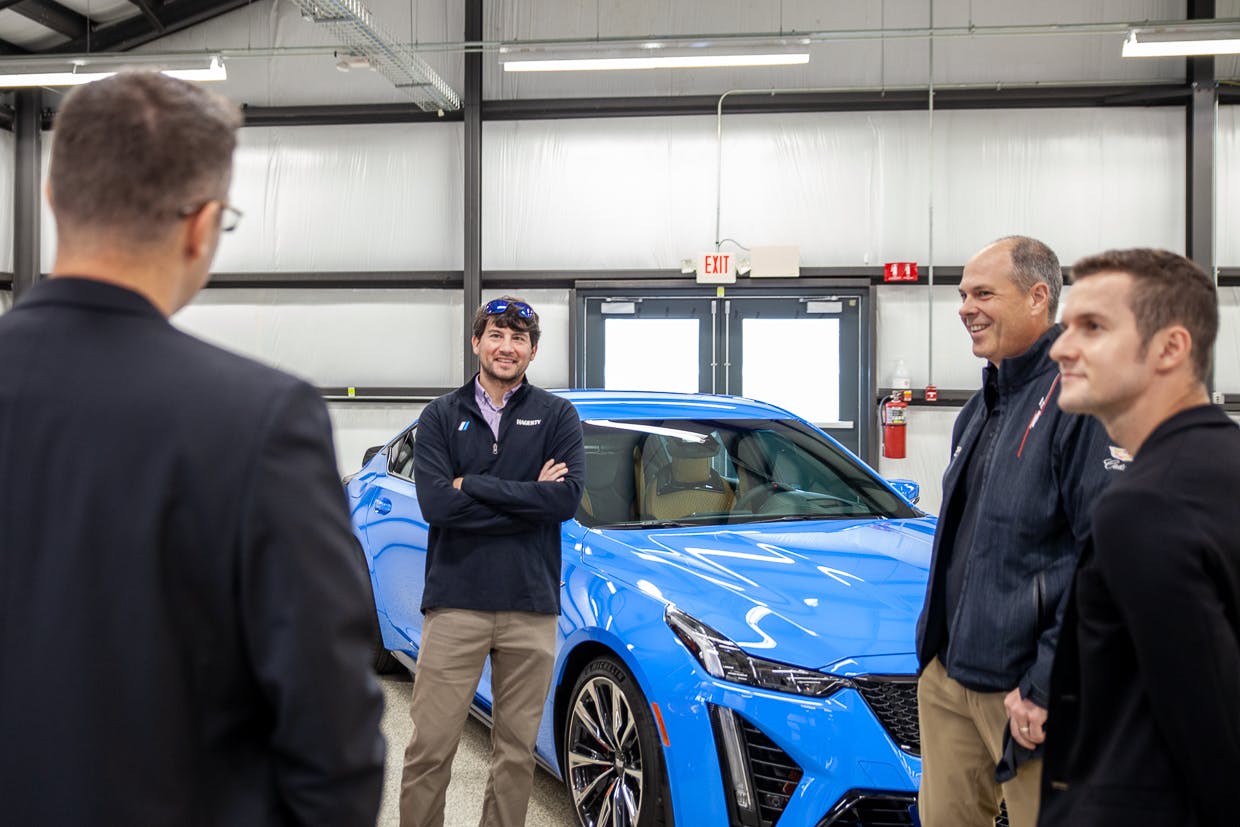

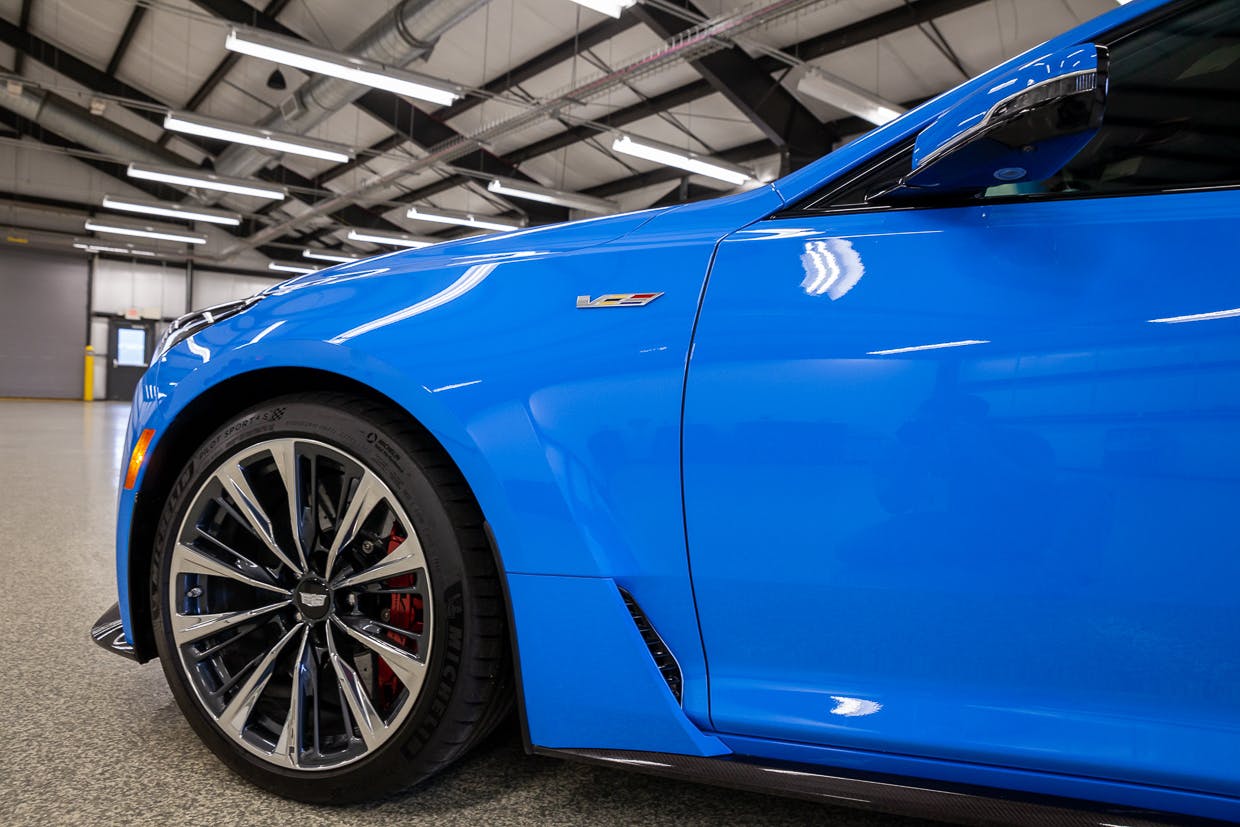
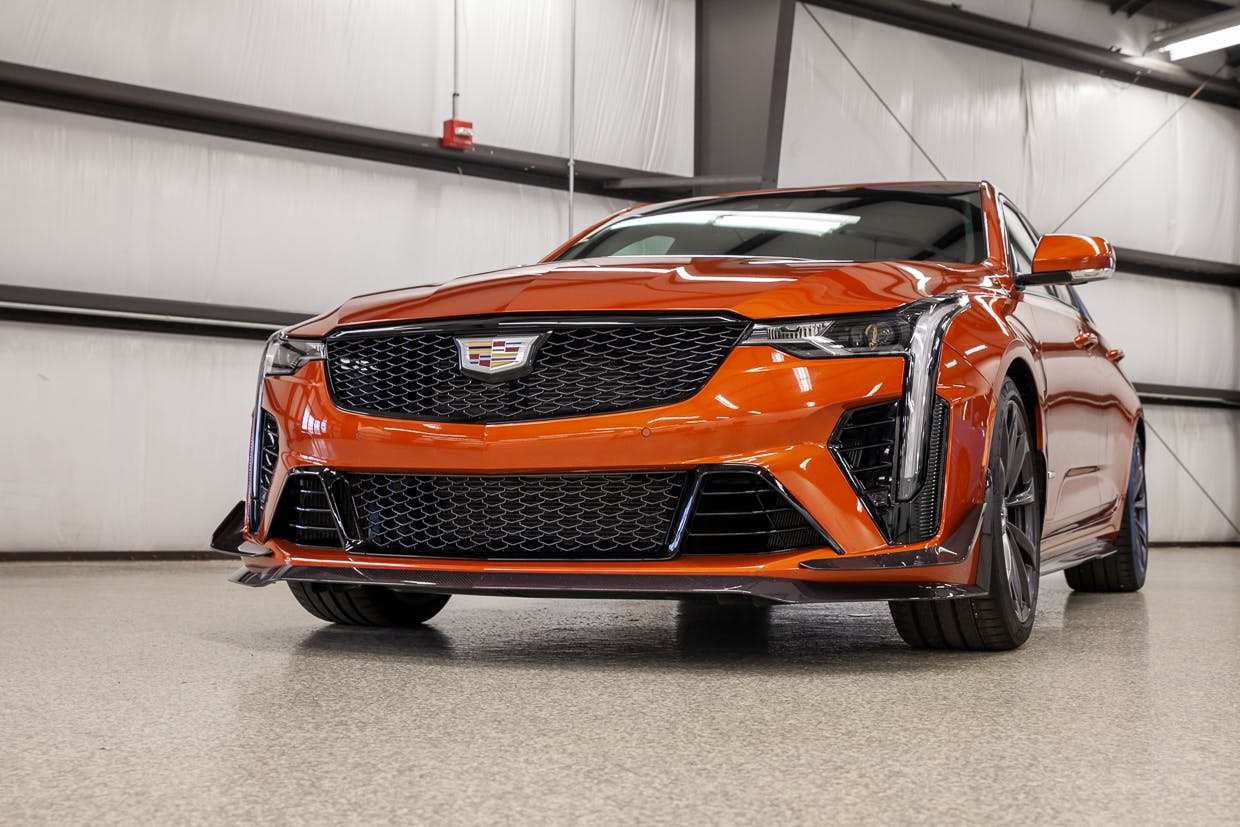
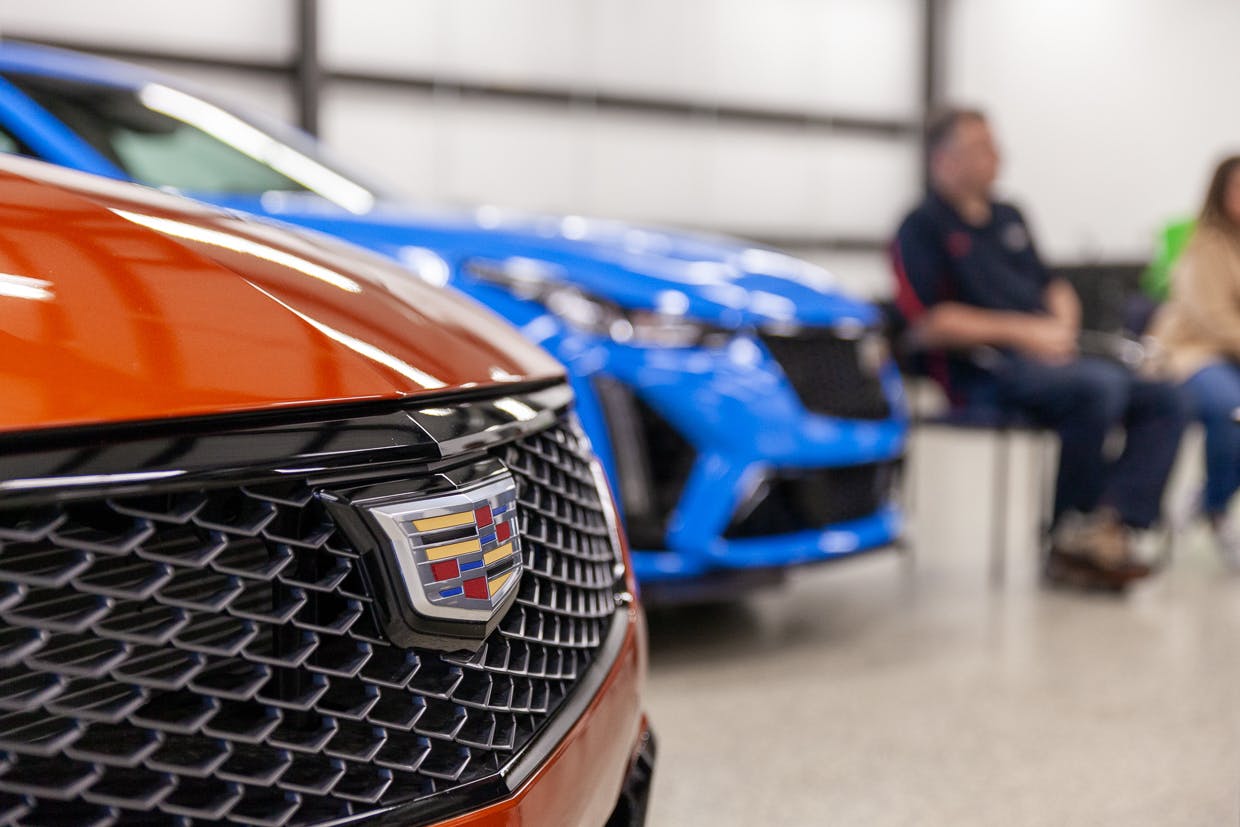


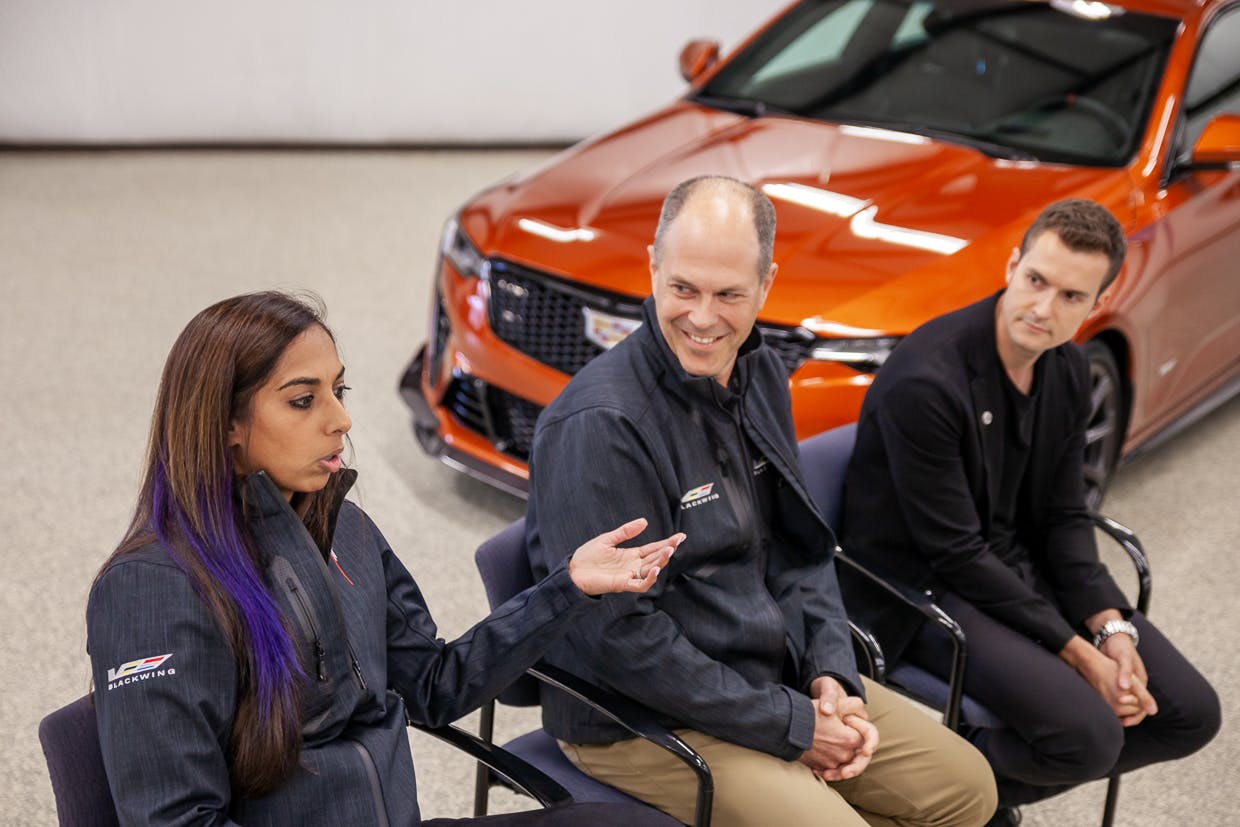
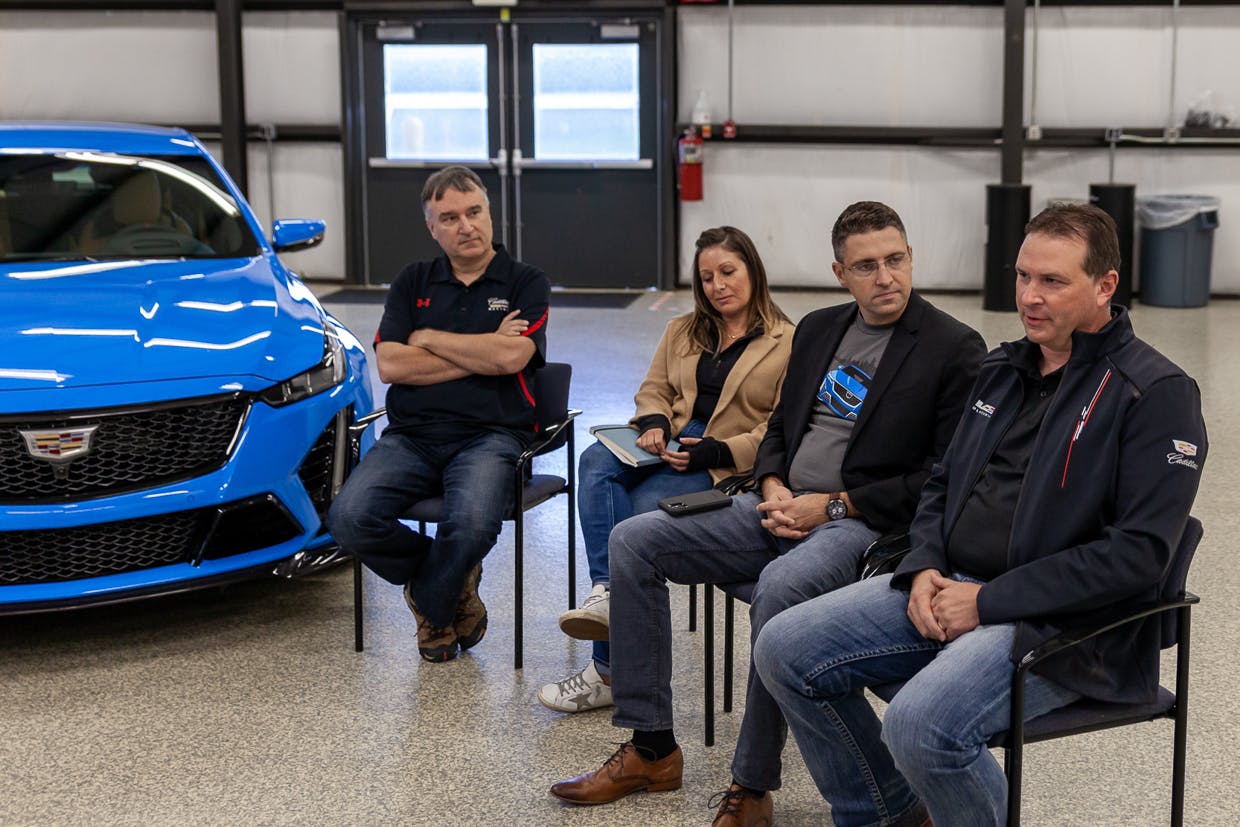
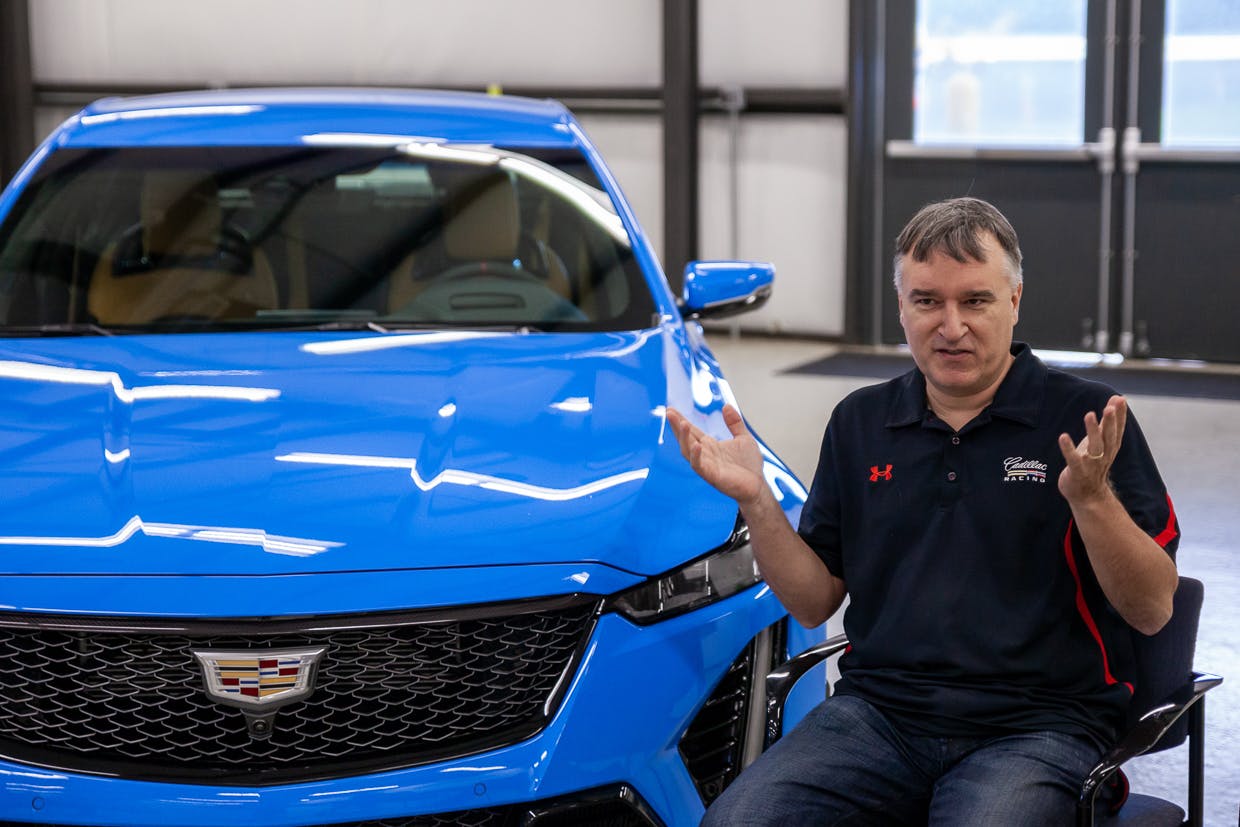
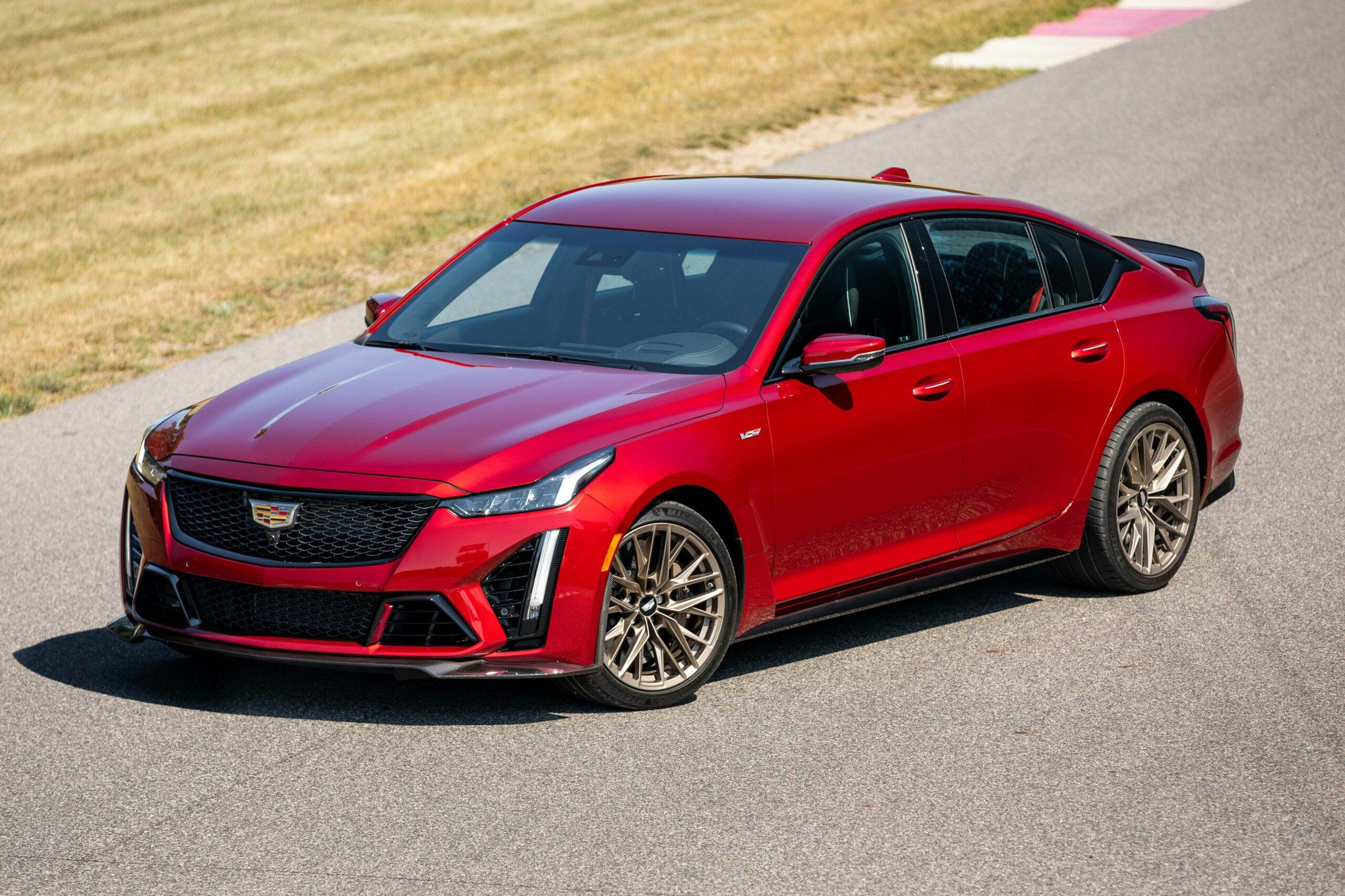
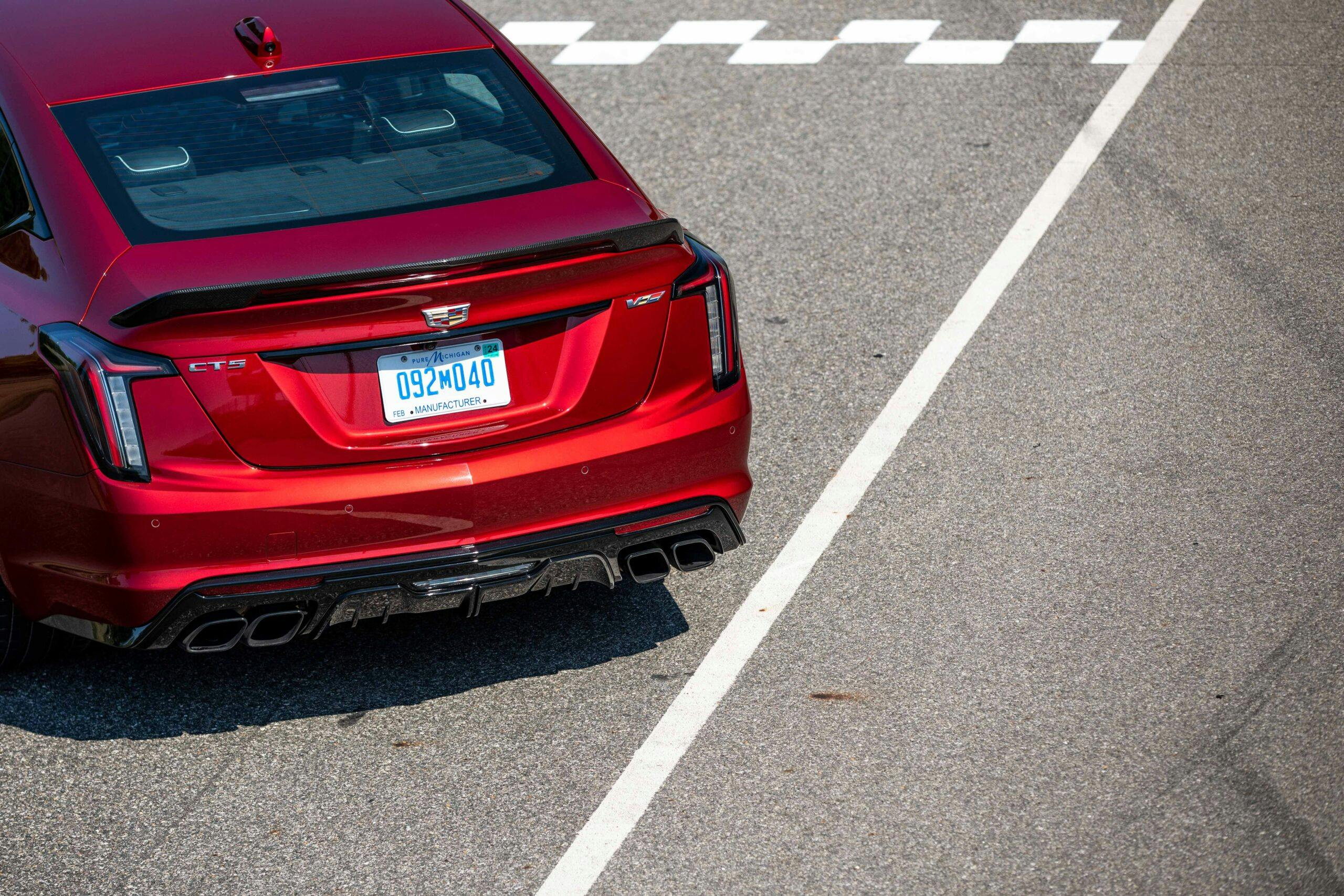
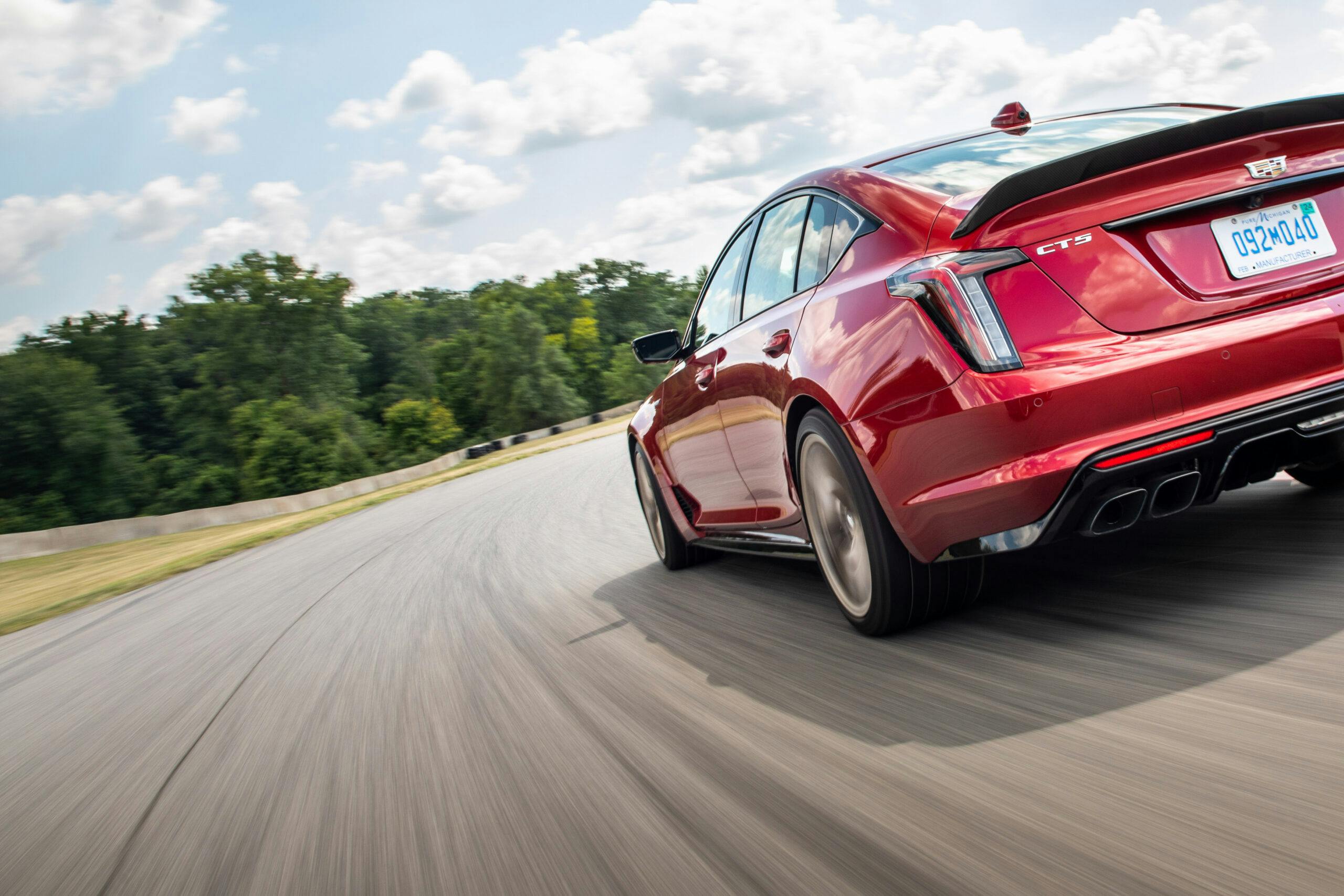
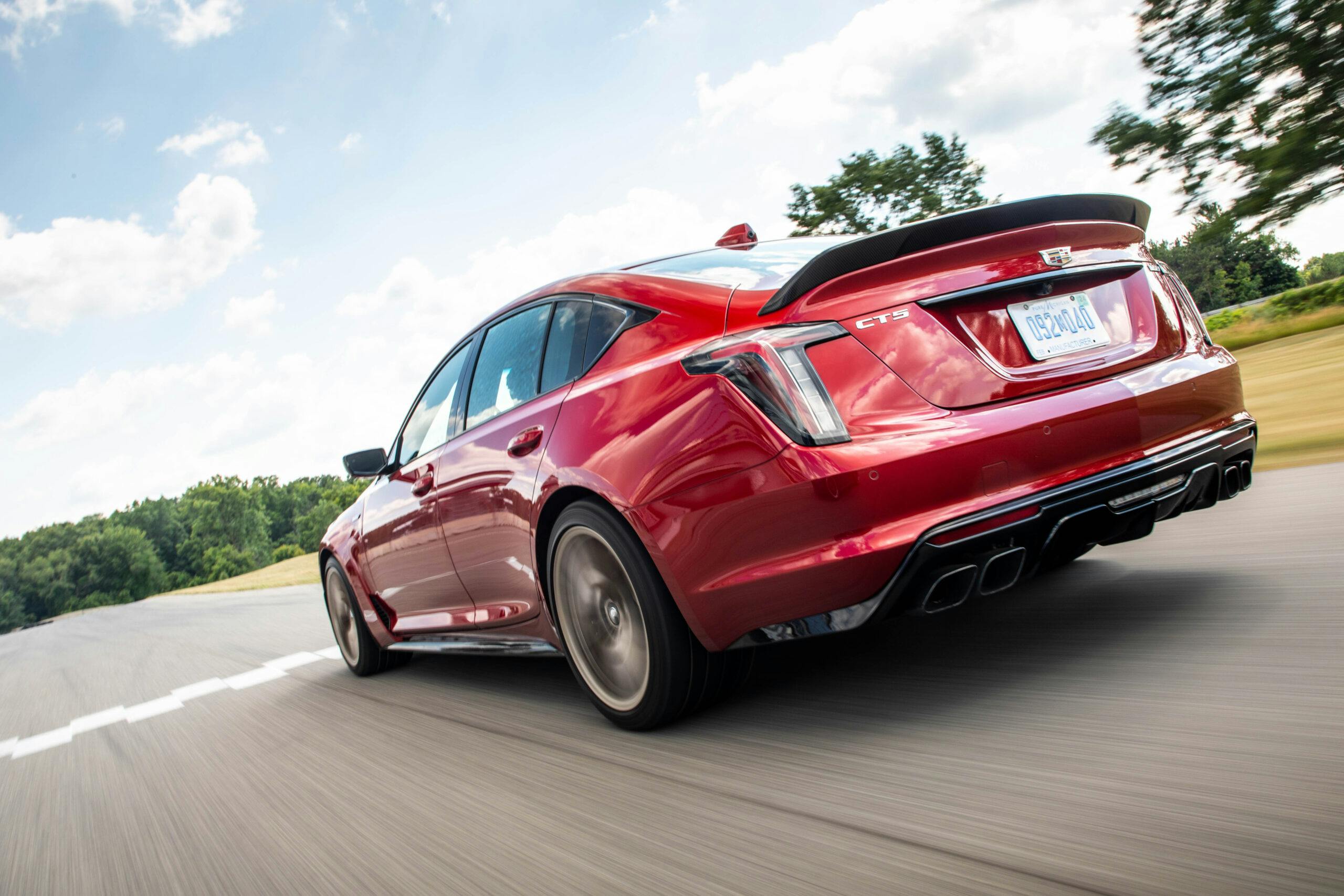
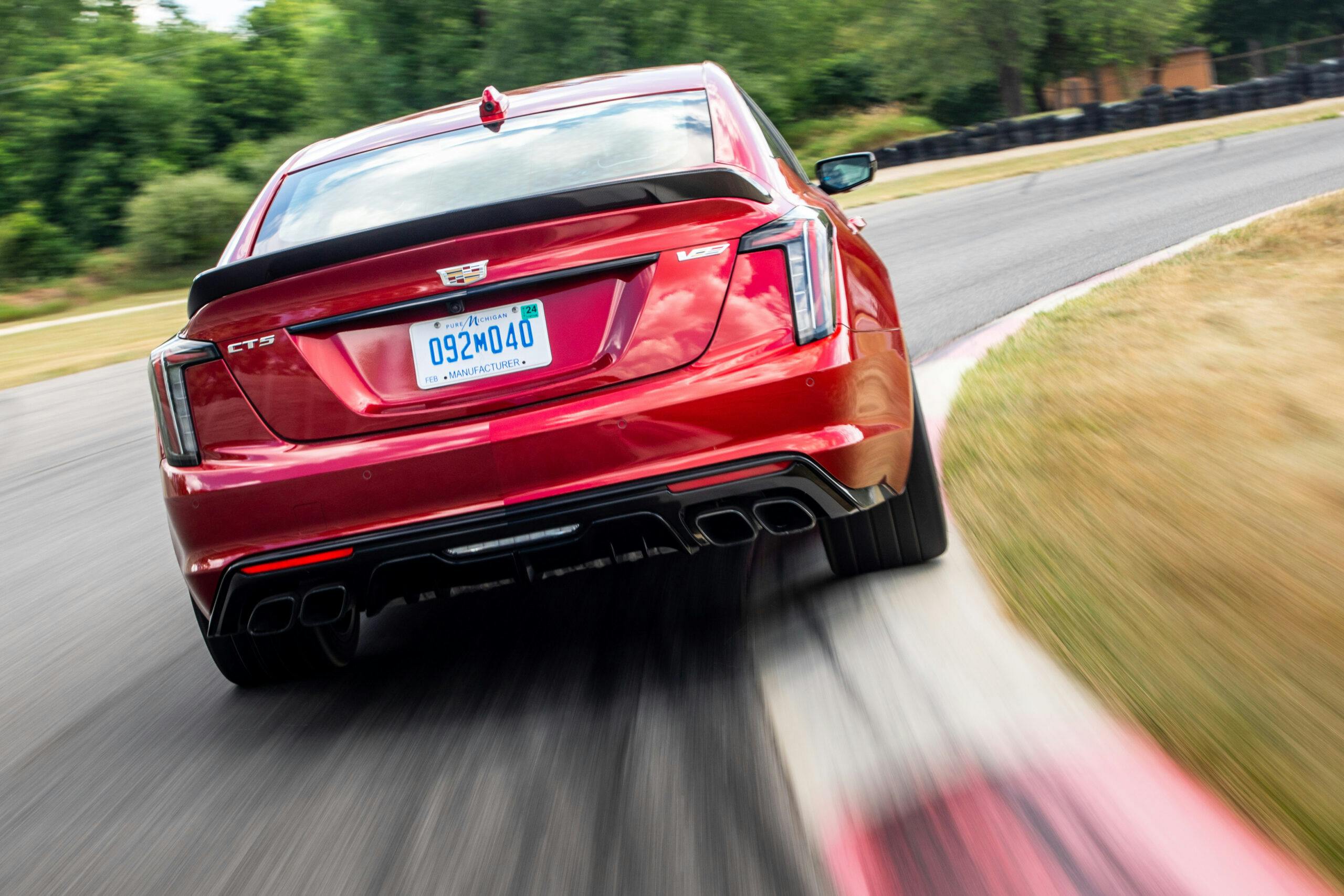


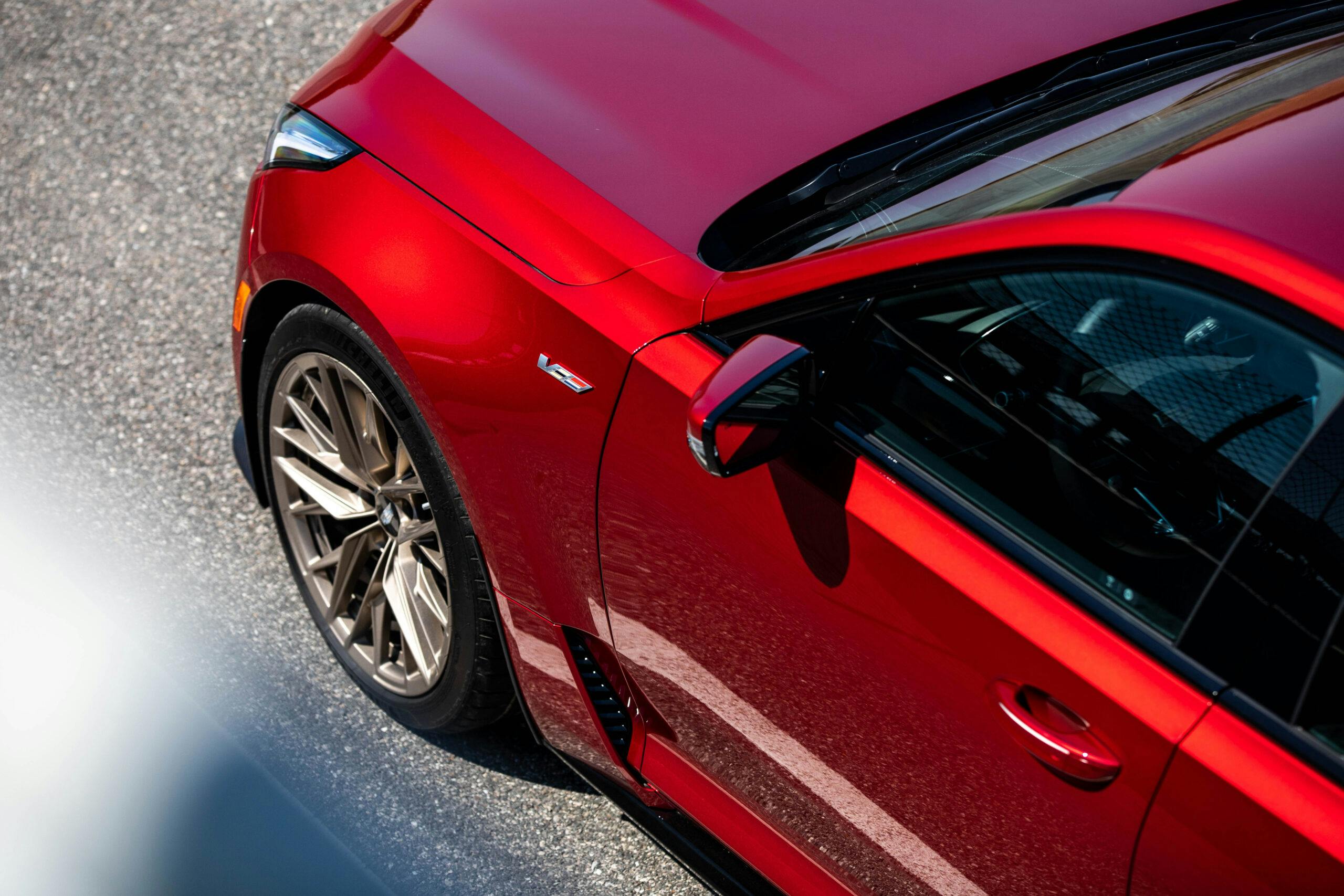
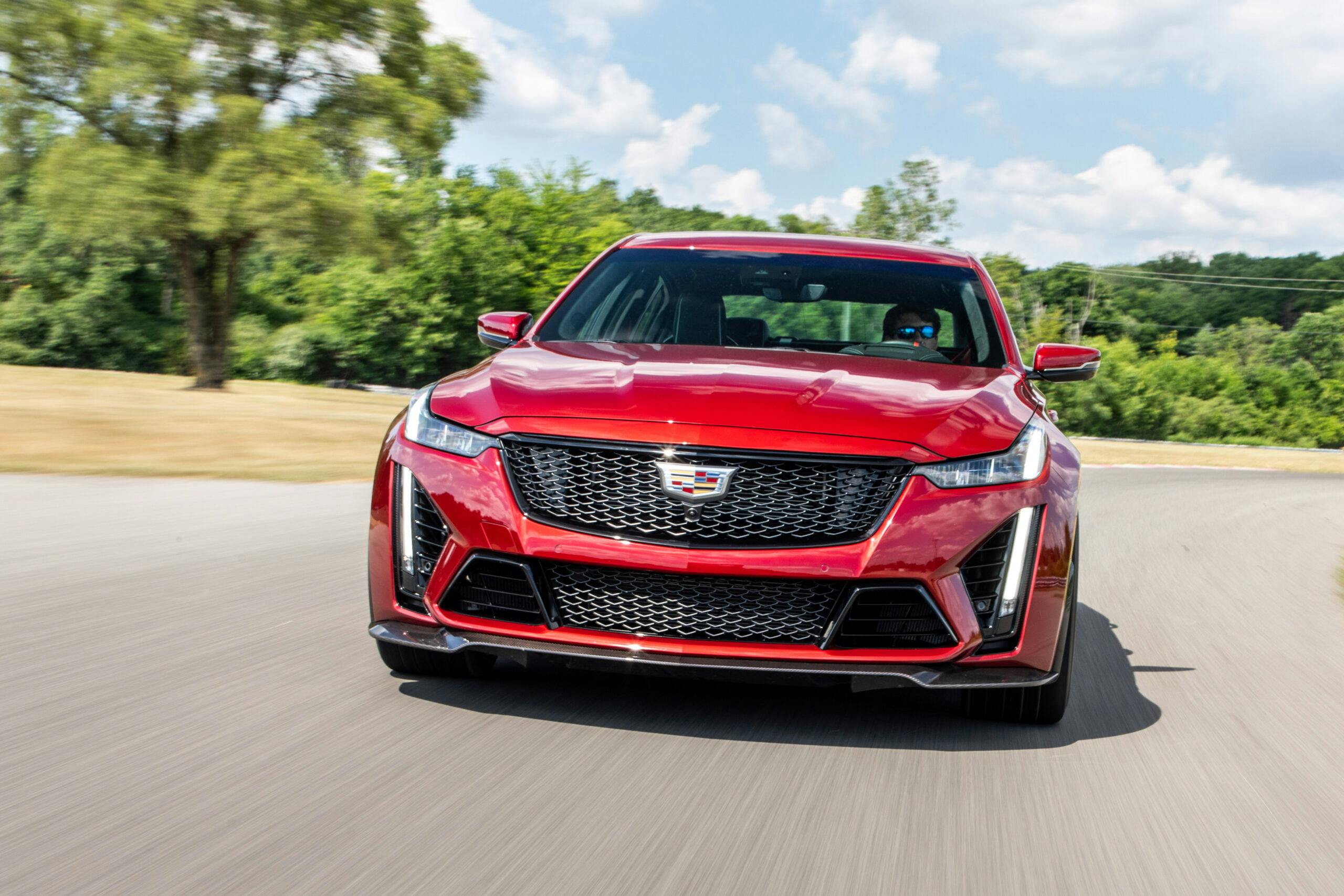
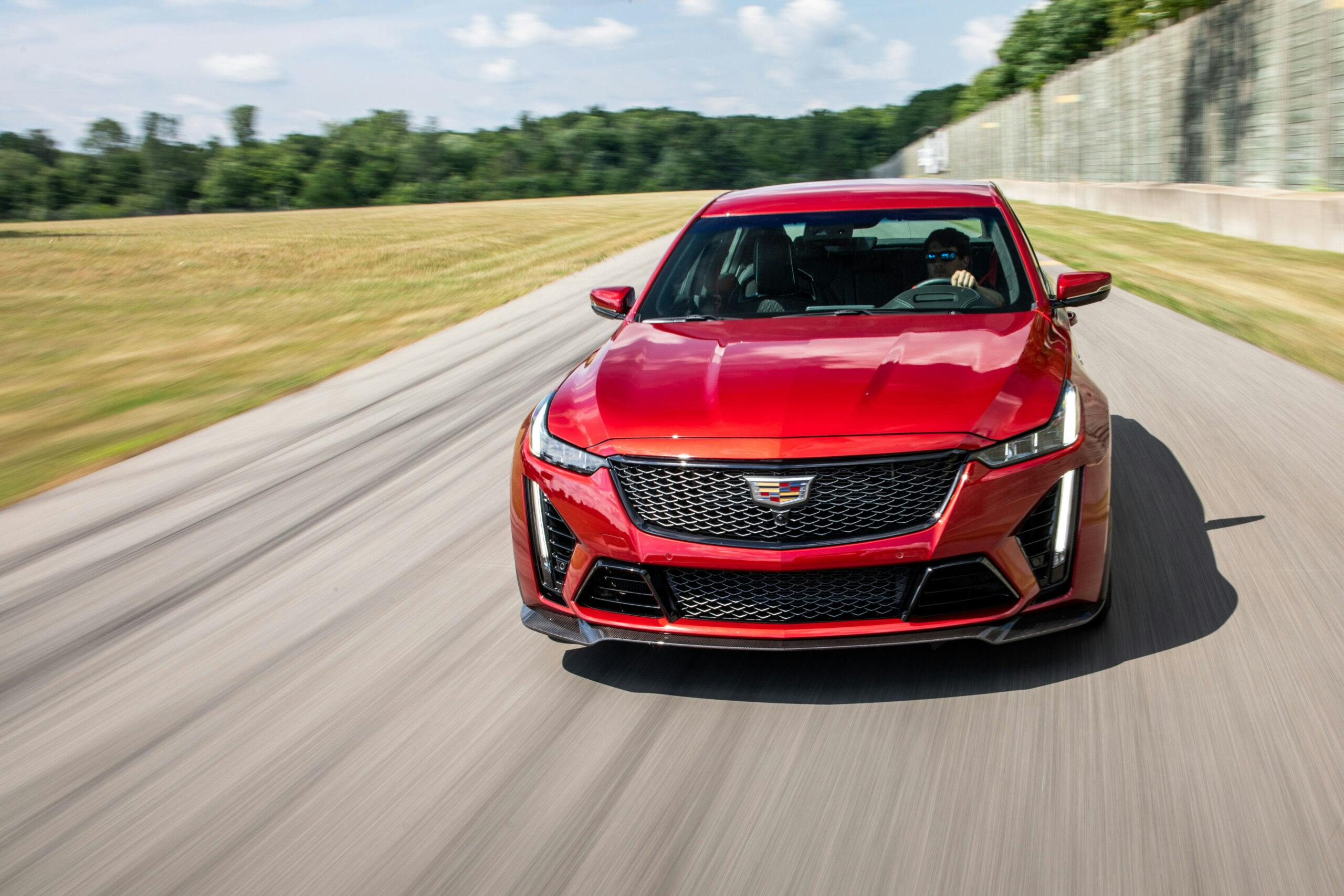
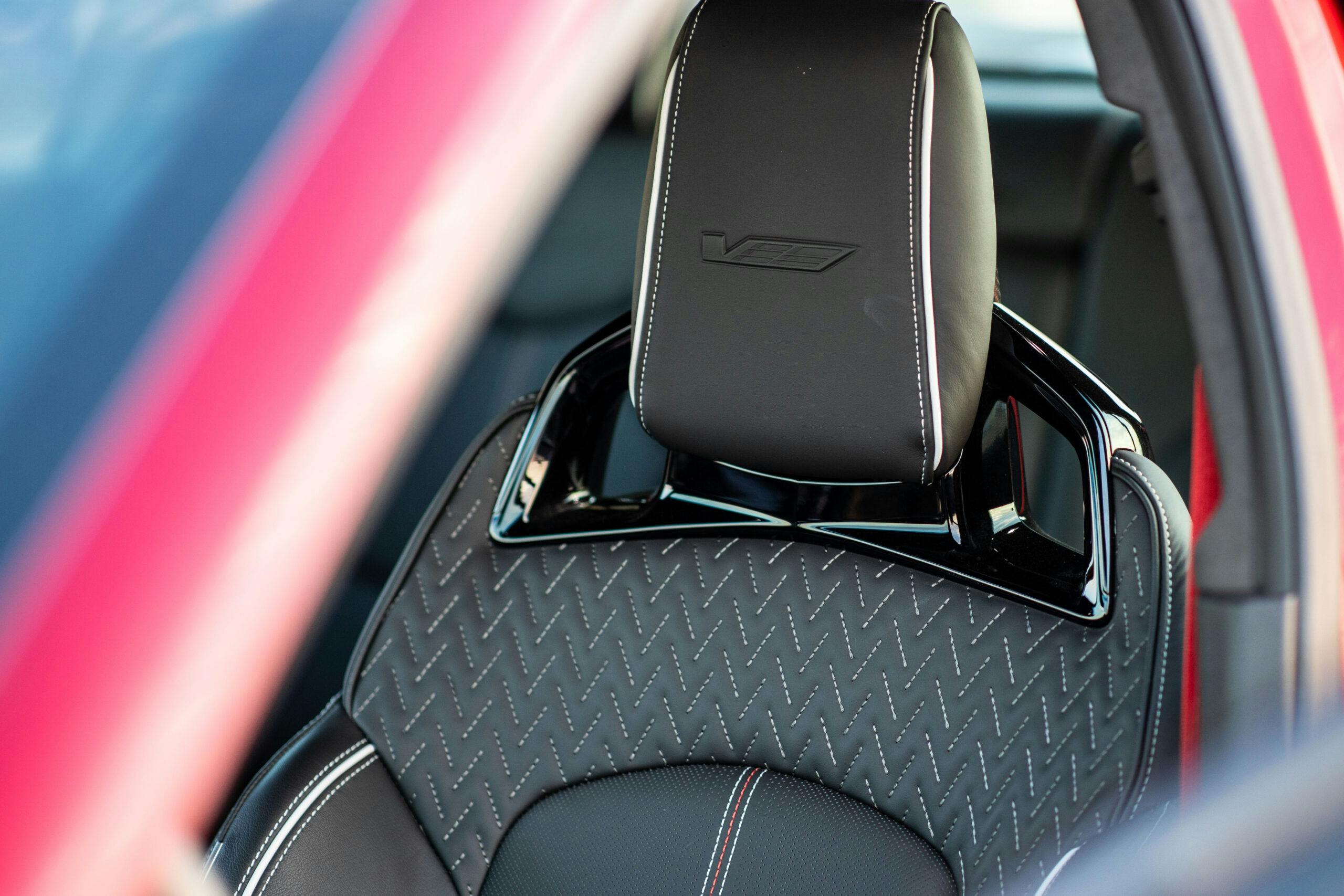
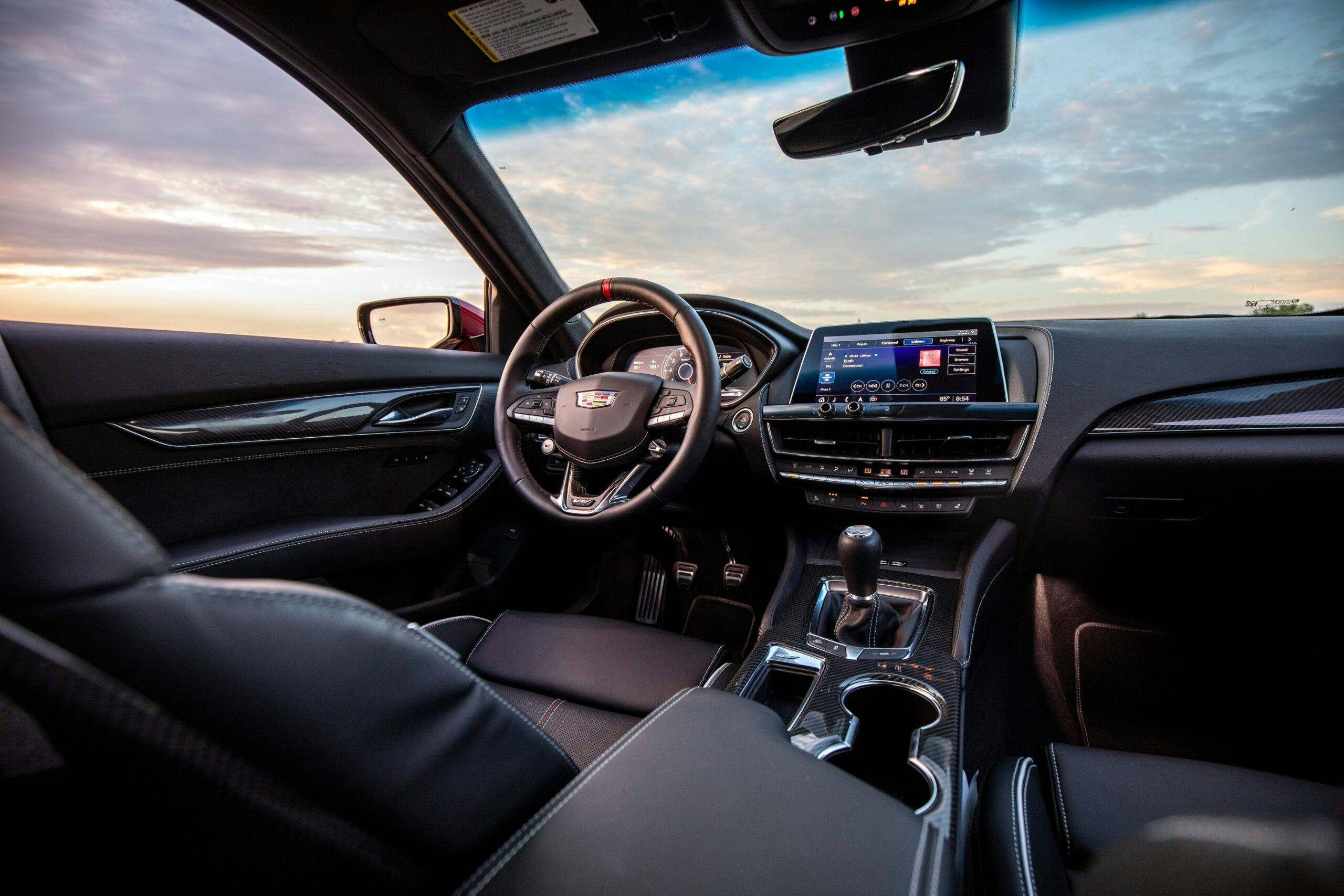
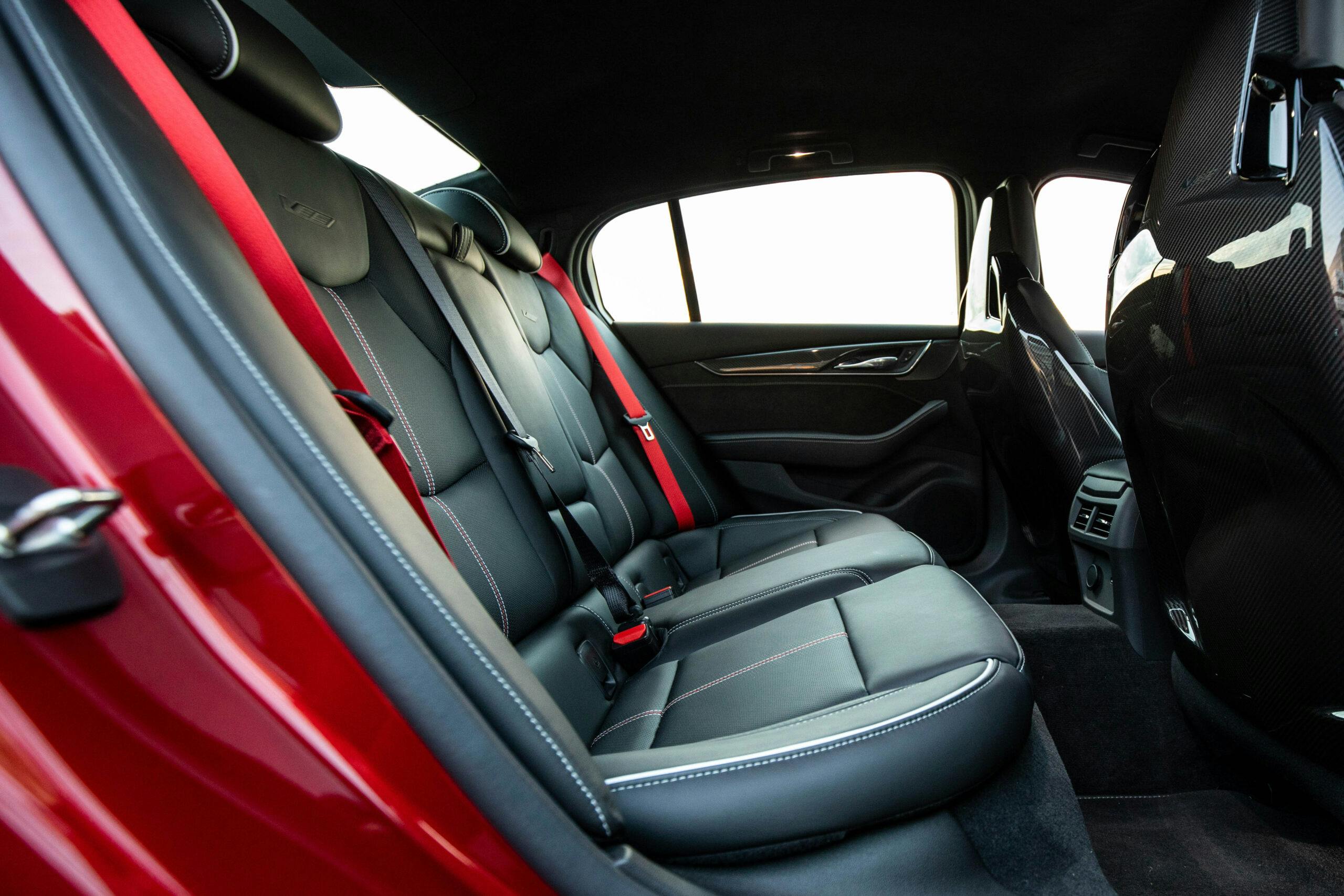
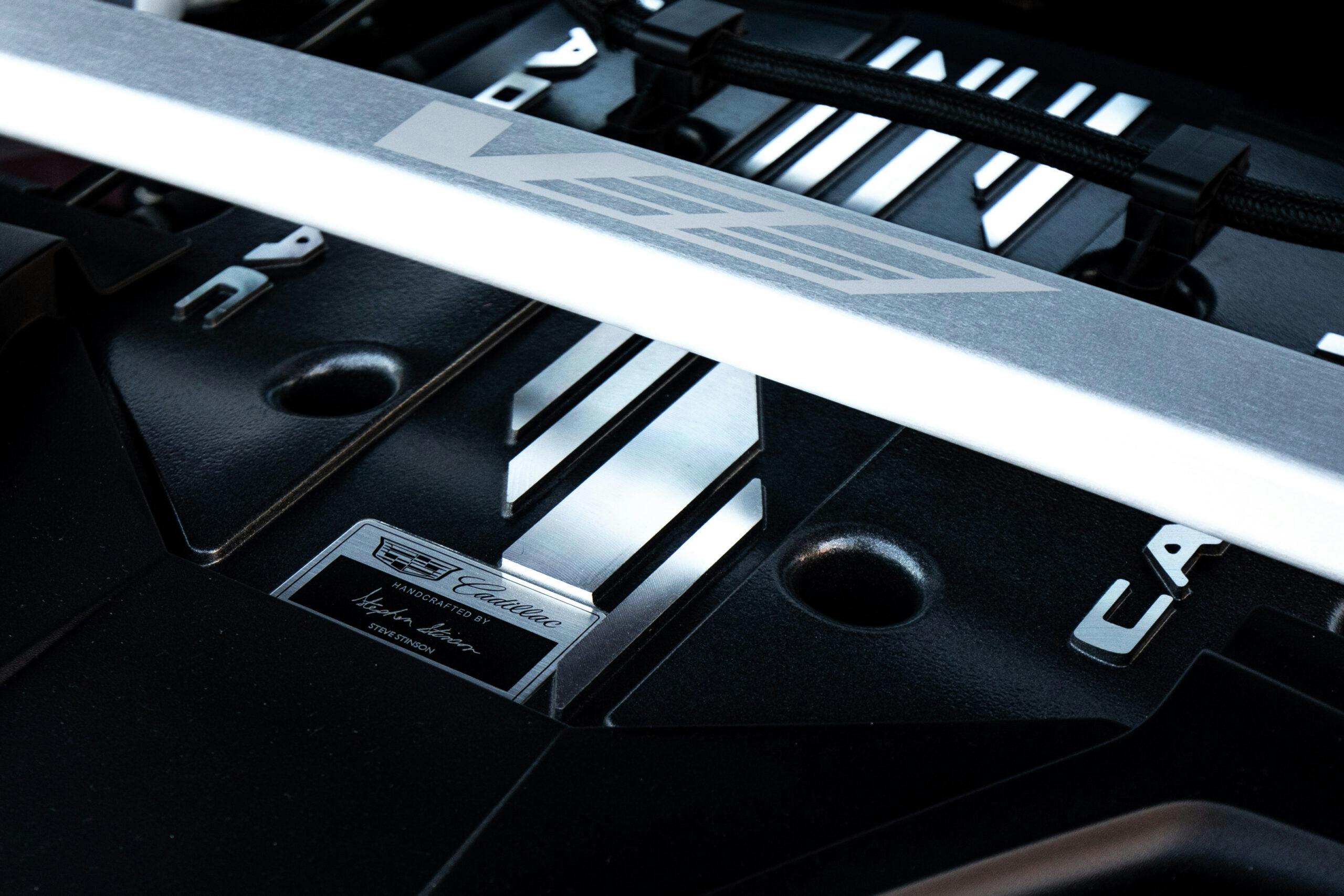


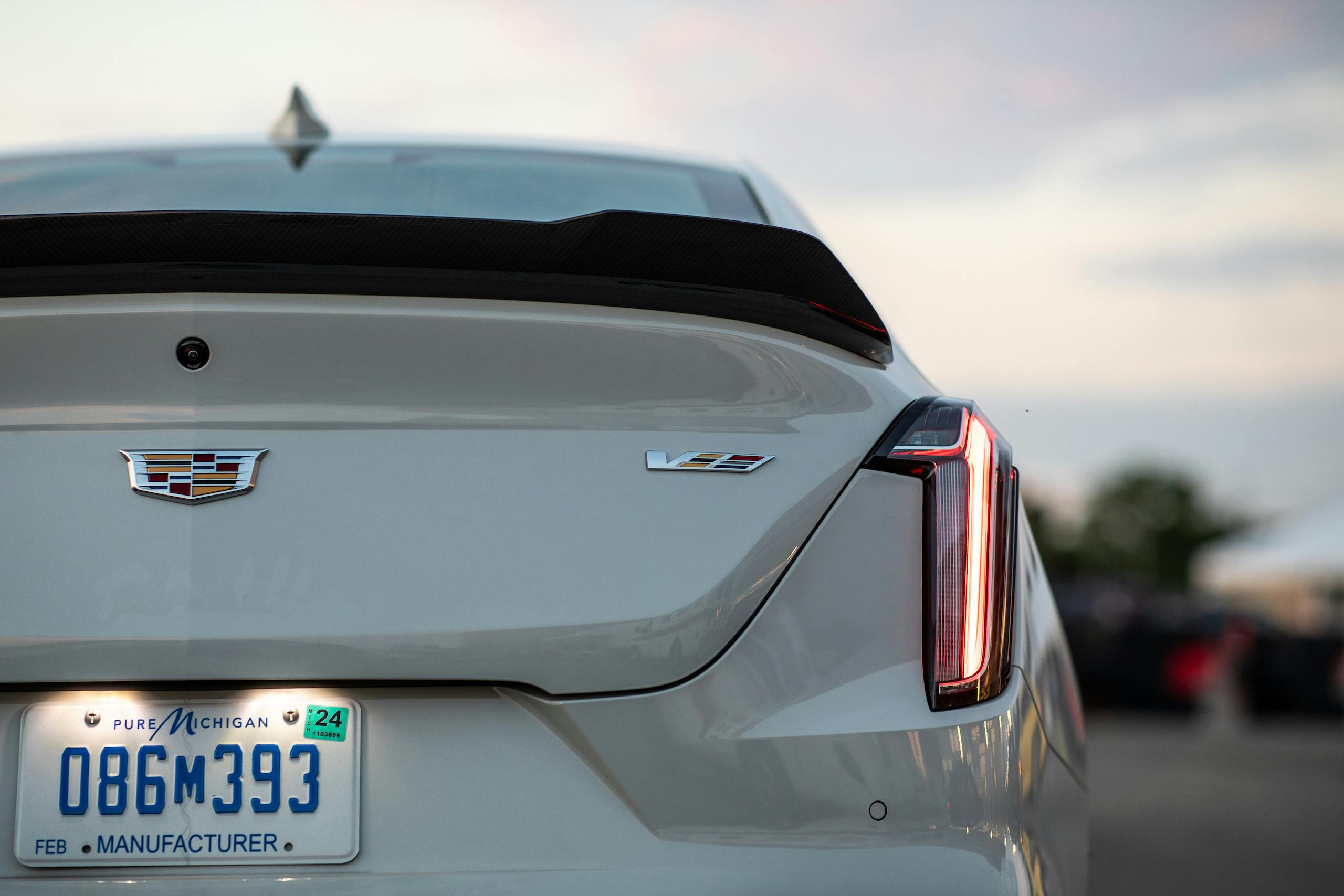
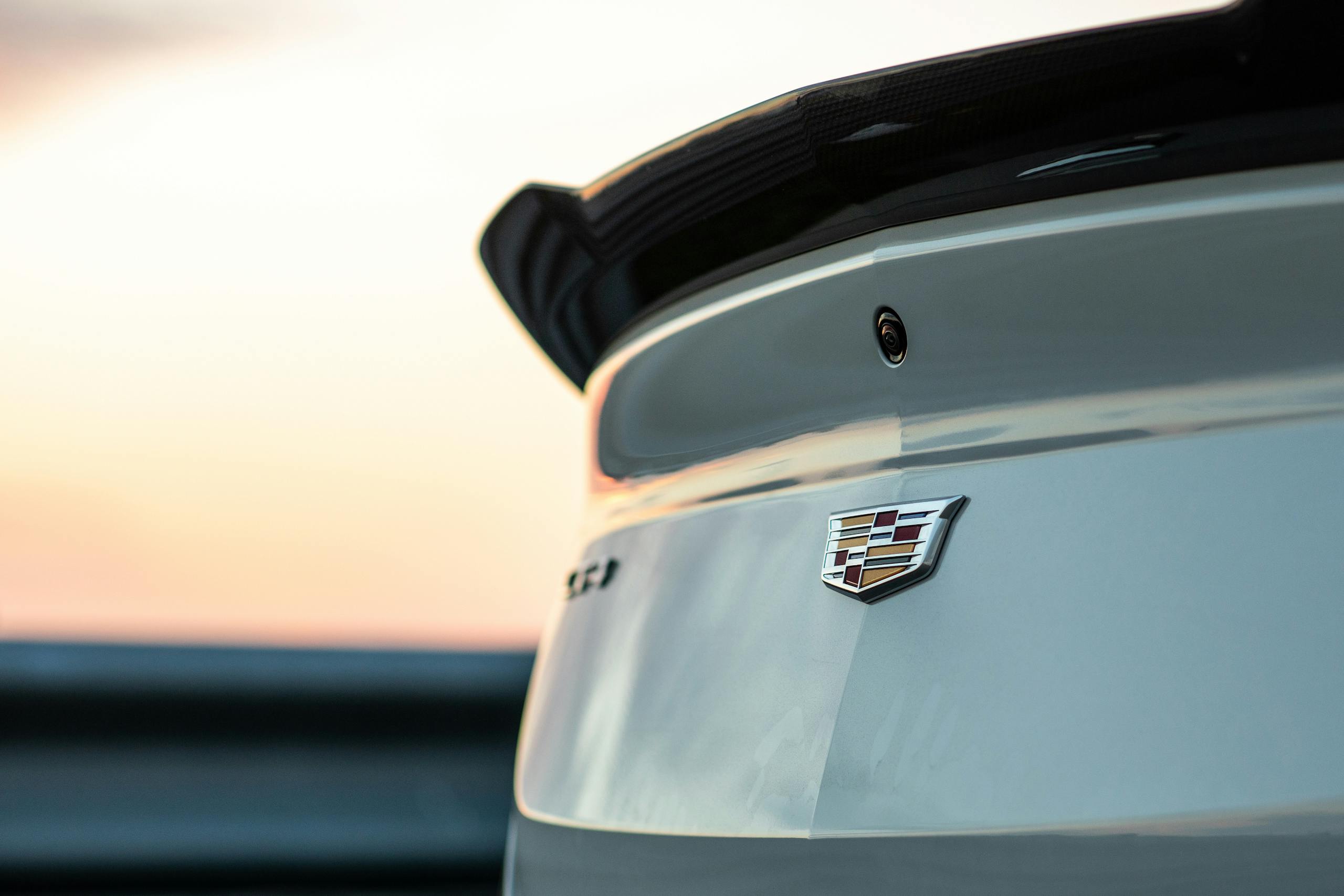
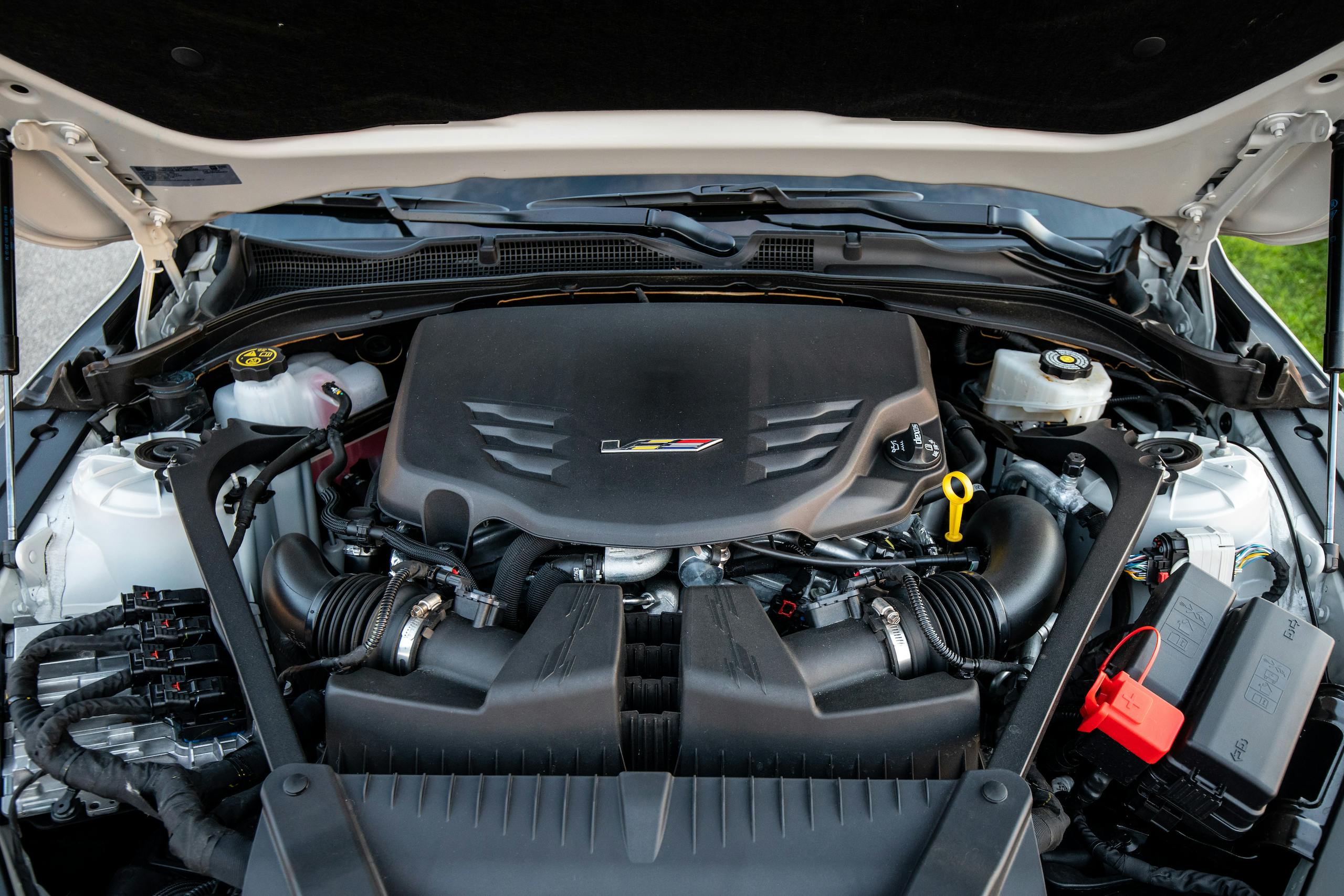
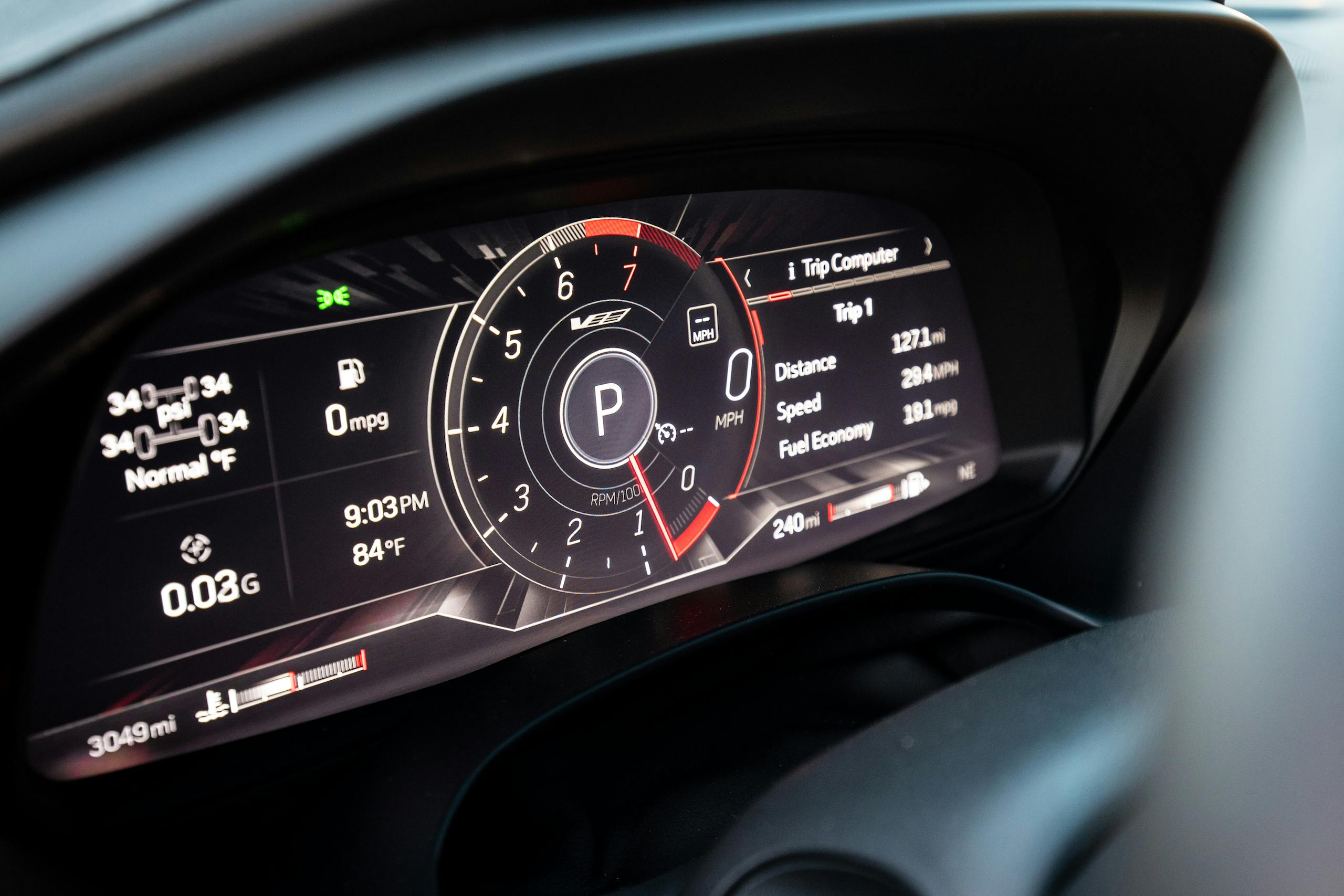
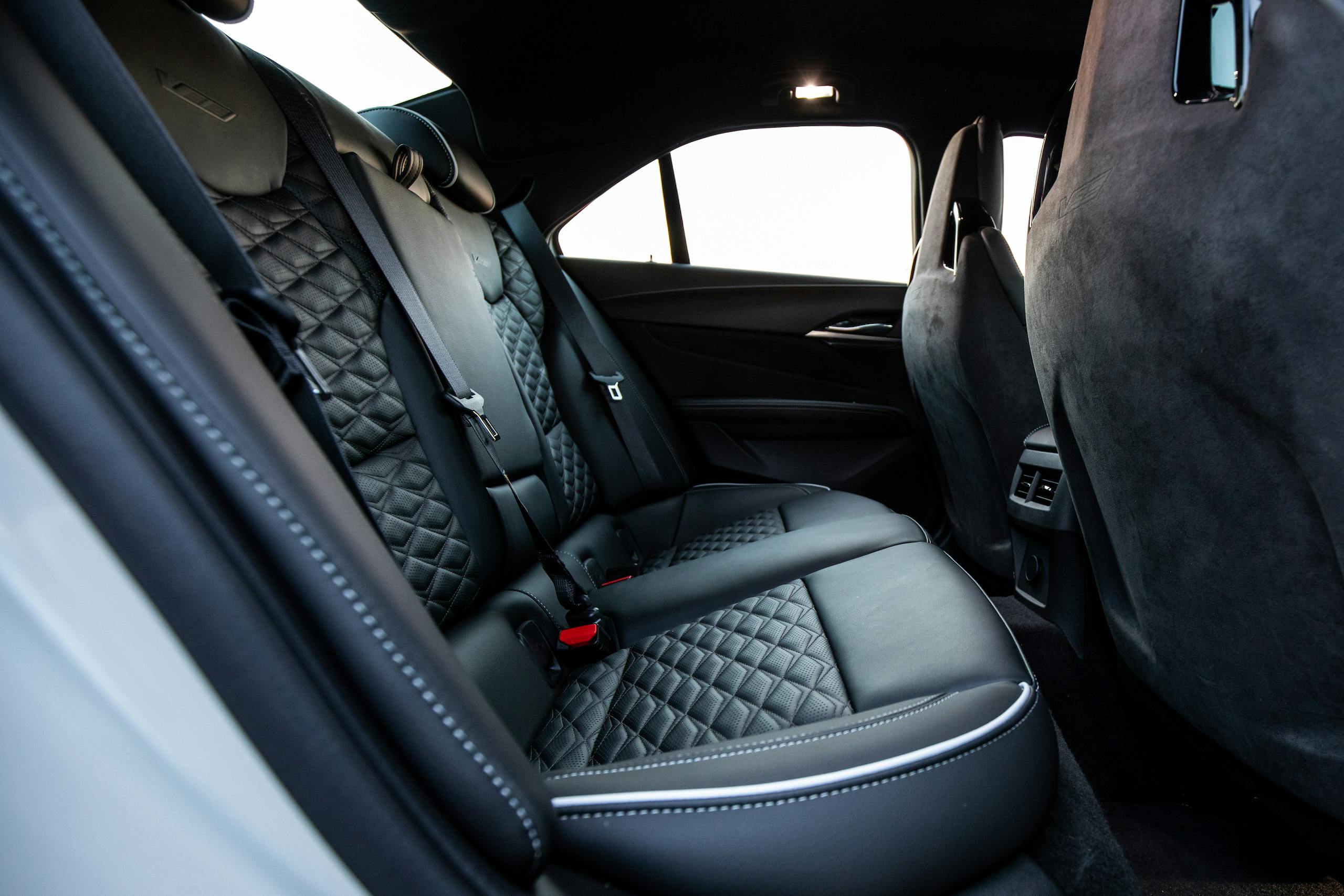
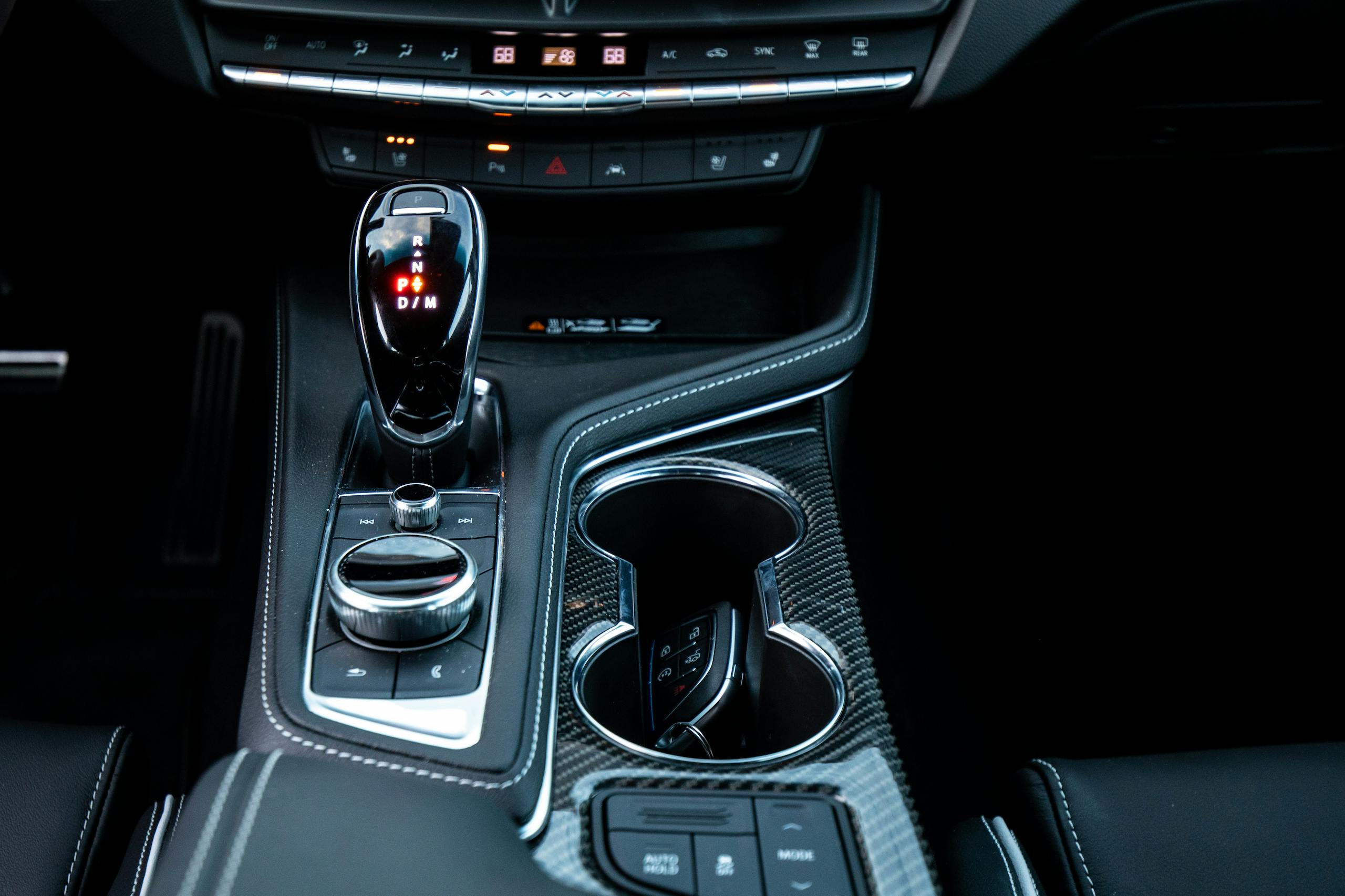
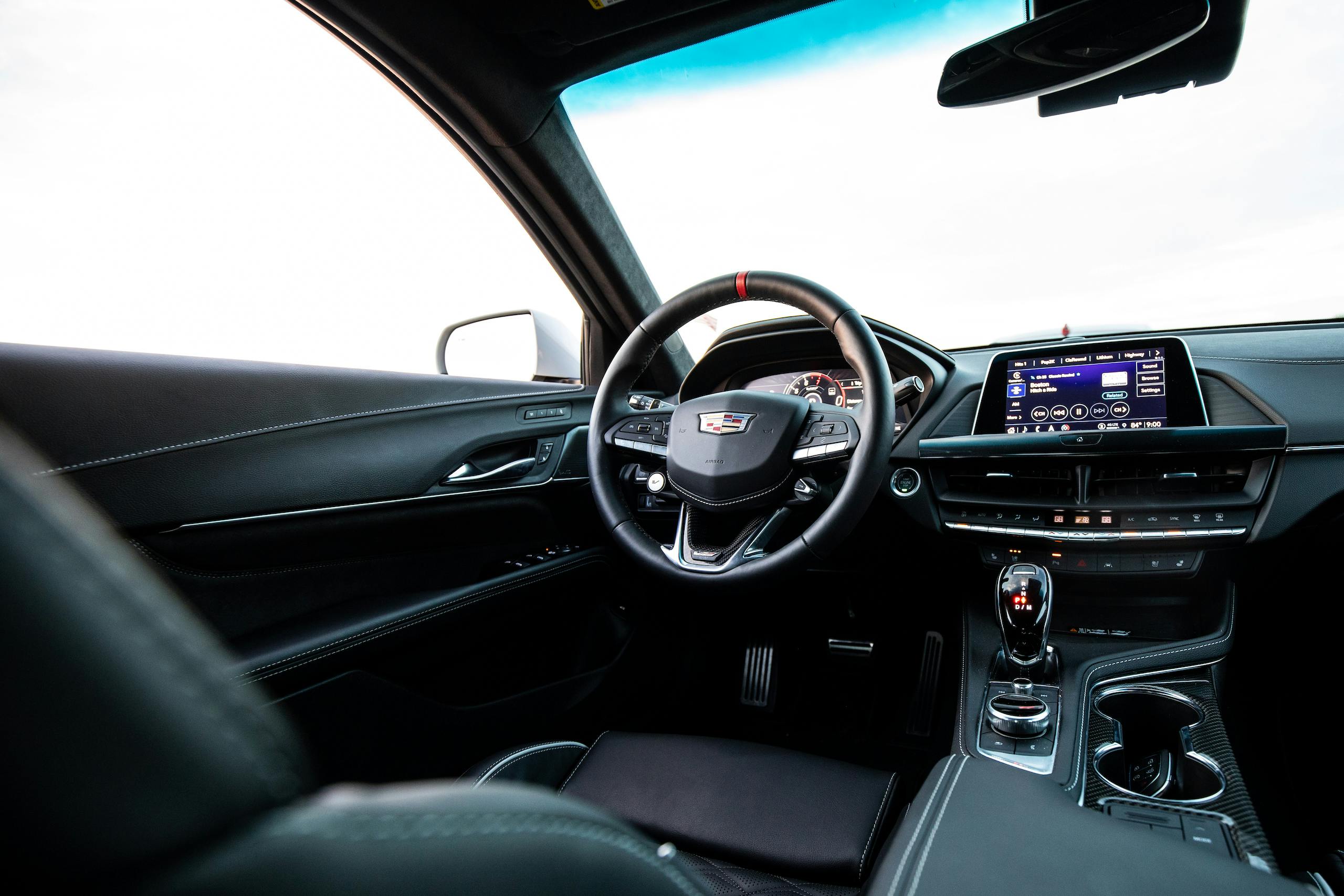
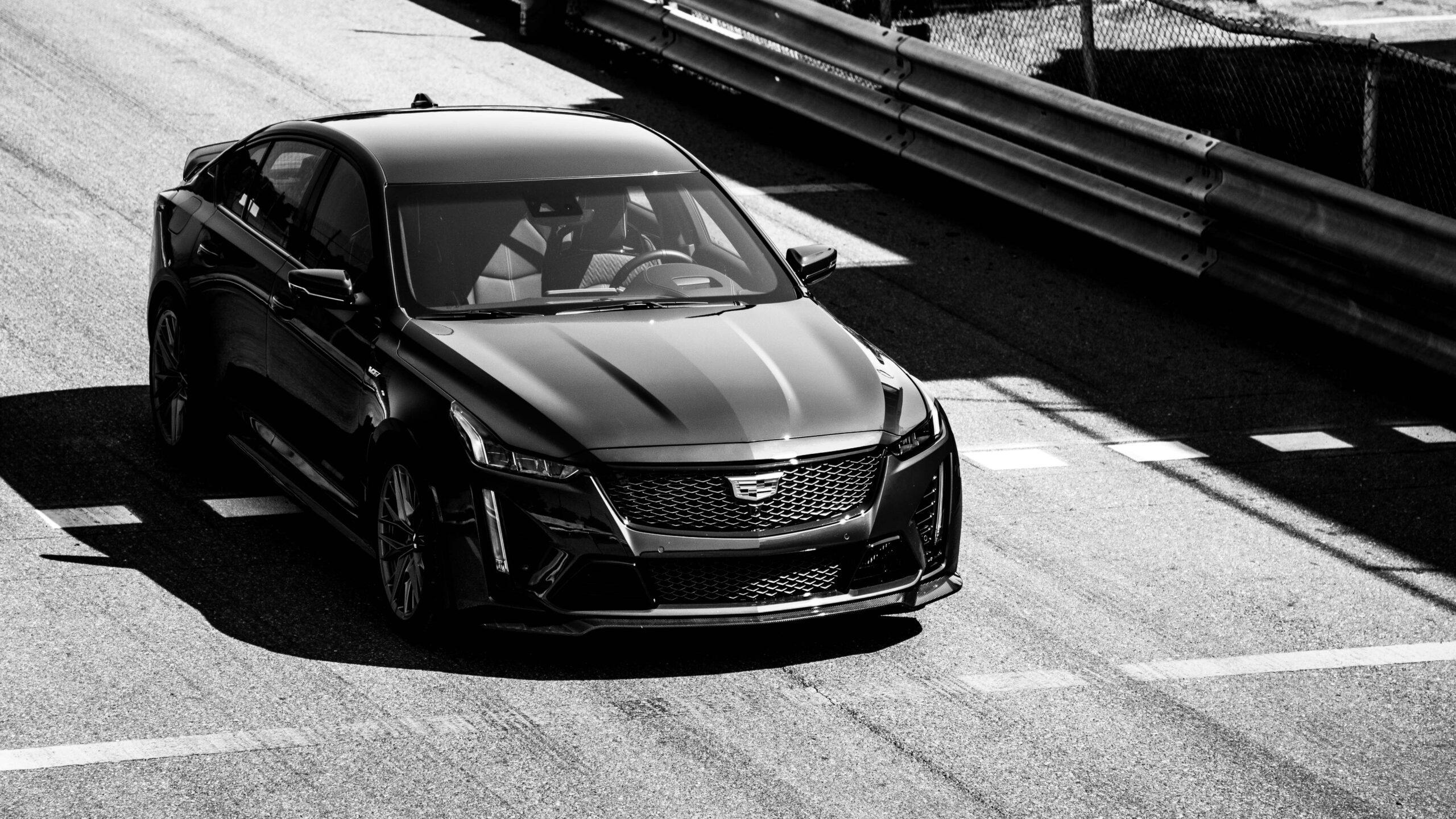
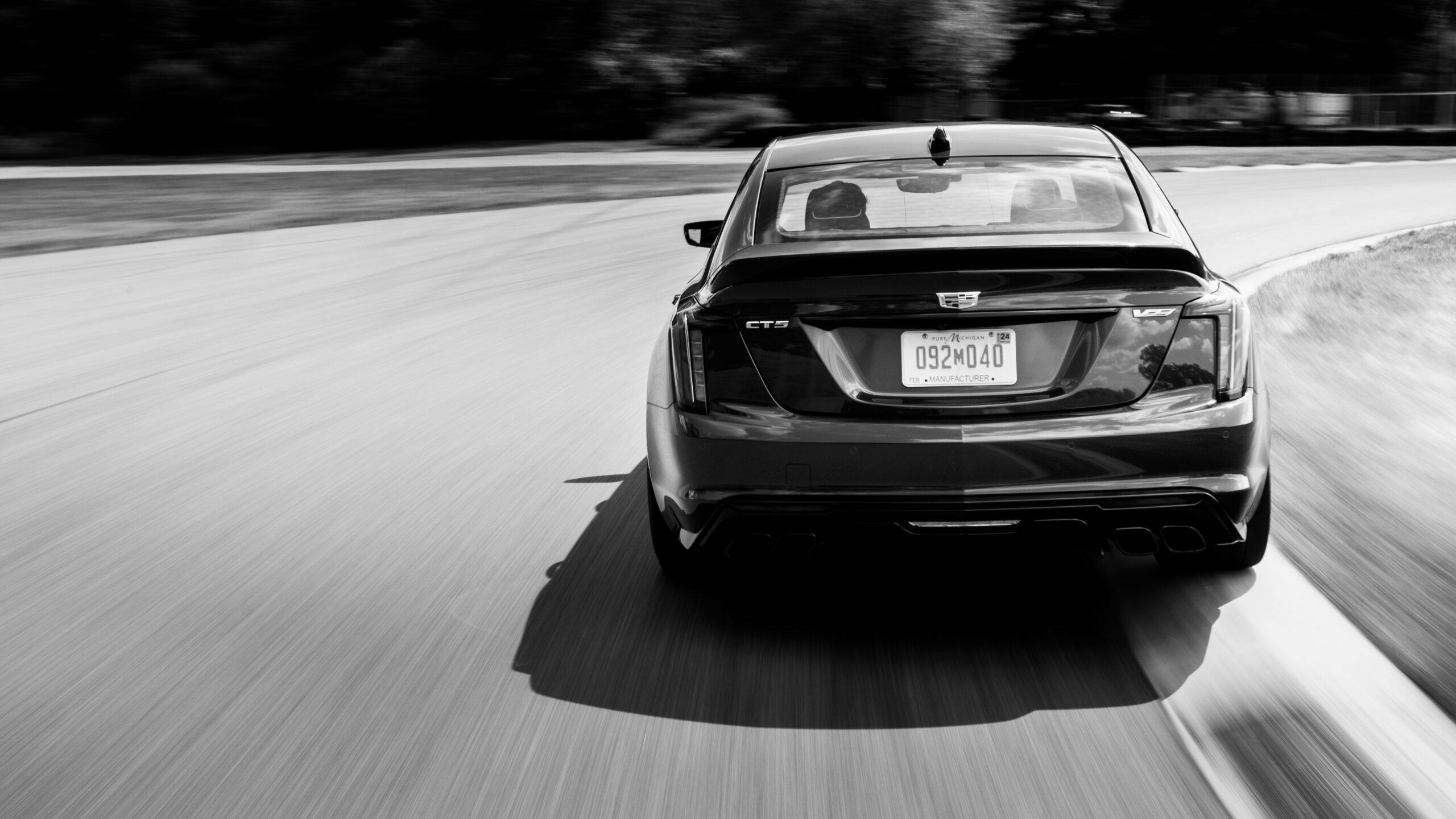


Had a new CTS-V leased in 2005. Fun fun fun…when it ran. Lots of quality and durability issues. Diff went out at 7K miles–and I’m not that hard of a driver. Hope they improved the breed. That being said I’d LOVE a CTS Blackwing….
I mean that’s the price you pay for buying a first generation gm product lmao. It’s always the last one that’s the best. Because gm kills that one. Always.
So is this what we get for the swansong of ICE performance in the face of EV performance dominance? Can’t beat the electrons on the track at full chat, so we turn back to driving engagement? Can’t say I’m sad this is how things have worked out – that ICE performance cars go out on a driver-oriented note. Though, I would like to see some reviews of the CT4V or 5V for those of us that can’t plop down the ask (plus inevitable markup) for a Blackwing.
CT4-V review for you! I drove the non-blackwing 5-V for about 45 mins on a VERY rainy day near Milford, and thus didn’t really learn much. If we get behind the wheel of another one we will write it up for a review for sure.
https://www.hagerty.com/media/new-car-reviews/review-cadillac-ct4-v/
When you buy a BW you receive a 2 day V Performance School experience at Spring Mountain west of Las Vegas. Day one 8am after introductions, the very first thing the head instructor tells the class is that the Blackwings that you are about to drive over the next two days have not been modified and that they are the exact same car that is at our garage at home. At the completion of the two day experience, I had to pinch myself – I own a technological marvel that with a touch of a few buttons goes from grocery getter to wolf.
nothing about the ct6v the true blackwing
The true Blackwing ENGINE, yes. But that car wasn’t a track monster in any sense, nor was it intended to be. Review is here, you should check it out: https://www.hagerty.com/media/car-profiles/ct6-v-is-cadillac-chasing-amg-when-it-should-be-chasing-lincoln/
A rare bird, indeed.
I owned both…..2019 CT6-V and 2022 CT5-V Blackwing. Totally different rides that cannot be compared to each other with both being very desirable in their own way. Technically, the CT6-V was not a Blackwing. It had an LTA engine that produced 555 hp and the engine is called Blackwing. Big comfy car with all the bells and whistles one would expect and stop light to stop light it was scary powerful and fast. It will be a collector one day as only 275 were built in 2019 and the same in 2020…..550 total. The CT4 and CT5-V are Blackwings. Much lighter than the CT6-V and much more spry. The 6 is the Ray Donovan taking care of business car. The 5 is probably the best American made 4 door sedan to ever hit the track.
Great to hear the perspectives and process behind bringing these cars to life. This is crying out for a more in-depth video – make it happen Hagerty 🙂
They already did in what is widely acclaimed as one of yhe greatest video car reviews ever:
https://youtu.be/j7YqdGt19tw
OK, so this is a great article about a great car. I keep getting emails from Cadillac puffing about their lineup of current vehicles and to “order mine now” even though I am nearly 9 months out from ordering my Blackwing! When I check with the dealer, I get a shrug and a dunno as to the status of my order. Chatting online is relegated to a “virtual assistant” who (it) is of no help and not a human being to communicate with. As a backup, I’ve ordered a Charger, Hellcat, WideBody, RedEye, Jailbreak so I don’t get shut out completely from the “Last ofs”. ” If you build it, they will come”; so build it for crying out loud!
PS: I will be insuring it with Hagerty!
Re-GM order process. You’ll get a note when they assign the Vin number then they will build the car in the next month or two. My ZL1 Camaro took nine months as well. it will be worth the wait!
Totally agree but I must say it….. patience is a virtue. I waited 10.5 months on my CT5-V BW and nearly jumped ship twice. I am so glad that I didn’t. It is all that has been communicated and more. The 2 day V Performance driving school that comes with the car was the icing on the cake.
I wish the CT4 Blackwing had a V8 like the original CTS-V. The turbo 6 is nice but it was the last chance to give us a naturally aspirated V* in a sedan. I think it would have been the goldilox version versus the CT5 being “too much” for many of us. I want a V8 sedan so I’m going for the Lexus IS 500, flaws and all.
Agree completely, the 4-V is a missed opportunity…I’m looking at the IS500 for the exact same reason.
Also, what kills the 5-V for me is the options pricing…it is worth the $90k-$95k easily to me, but that’s without some very important options…once optioned it as I’d like it, it climbs to a price where the car just doesn’t seem worth it to me anymore. If I had a say, the base 5-V would come loaded with the only options being manual or auto…this is not like (for example) the Corvette where some buyers might opt for lightness vs others for luxury…being a flagship Cadillac, all the luxury should come in the standard spec.
What kills it for me is the styling of these cars. It’s simply awful. Too nondescript. Plus I hate black wheels & exterior trim. I’m out.
I will always have good thoughts for the brave engineers that made my 2013 6 speed CTSV wagon, even with the glitches ( I’m looking at you Nav and diff). Alas no Blackwing wagon but that would be asking too much for a limited production.
Great article. I am particularly (and literally) invested in this story, as I have a CT5-V Blackwing on order. Hearing details on the genesis of the Blackwings makes me even happier I decided to order my first ever new car (I’m 50 years old, and I always preferred to let other people pay for the initial depreciation, but this one feels special enough to warrant the outlay). Thanks for making this article happen!
Great article and great vehicles. I still wonder how they got it by the bean counters and corporate bureaucracy.
I own a CT5-V. It took nine months to get it. Frustrating but worth the wait. Great car, and with “only” 360 horsepower it shouldn’t kill me (hopefully)